Each year the New York Wine & Grape Foundation sends a few lucky campers to work harvest in the wine regions of New York: Long Island, Hudson Valley, and in my case, the Finger Lakes. This wasn’t my first time visiting the region, and for two years in a row I brought the first snow. Read my previous posts from Damiani Wine Cellars and Boundary Breaks, my top red wine producer and riesling producer respectively. In addition I had tasted with Red Tail Ridge, Hermann J Wiemer, Standing Stone, and Ravines.
Leaving the Rochester airport we would first head to Casa Larga Vineyards & Winery. Located in Fairport, the winery and vineyard resides in the most northern stretches of the Finger Lakes AVA almost 45 minutes north west of Geneva. We met Matt Cassavaugh, the head winemaker who moved to the region with no previous wine experience. Through hard work and an open mind, he has worked his way up to his current position. If you can overlook the sweet non-vinifera wines and the frozen margarita dispensers of wine slushies, they actually produce some serious wines. Their riesling and gewurztraminer wines were translucent, almost clear as water. The wines were less aromatic and more lime-citrus driven than stone fruits. Their cabernet sauvignon was too green for my tastes. Fiora della Stelle is a true ice wine when the grapes are picked frozen on the vine. Beware of the term ‘ice wine’ in the Finger Lakes, as many wineries do not pick late into the frozen winter, rather they use cryoextraction to freeze grapes in a cold box. There is no comparison between the complexity of flavors between the two different methods.
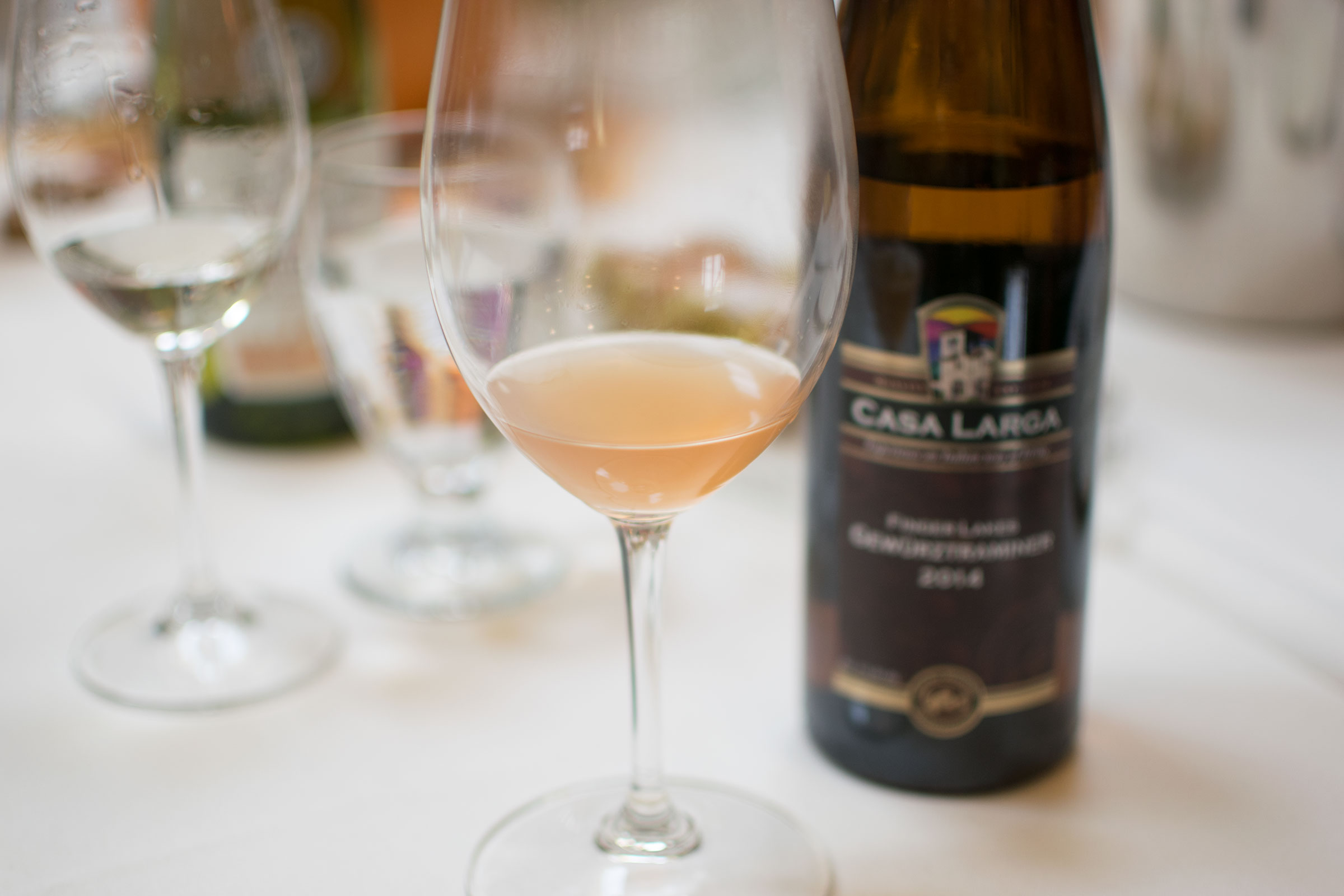
2015 gewurztraminer juice from the fermentor. The beautiful color falls out by the end of fermentation.
Our next stop would be in Penn Yan at Anthony Road Wine Company. Head winemaker Peter Becraft would give us a brief tour. They were cleaning out the press at the time, which most wineries were doing several times a day during harvest (I got to clean one, not fun!). Peter would explain about the effects of the past two cold winters. The hard winters since 2012 have caused many buds to freeze and die thus reducing yields in 2015 by as much as 50%. The decrease in yields we heard throughout the week varied greatly depending on micro-climate, some without any decrease in yields at all. Peter gave us a quick education on measuring fermentations with a hydrometer and tasted through some juice. Before we could taste any finished wine, we were hurried away to our last stop.
I’ve driven past Bellangelo Winery on Route 14 in Dundee in the past and unless I was with Harvest House I wouldn’t have made the stop. Even if I would have stopped I would have immediately turned around once stepping foot into the extreme fall-scented Michael craft store tasting room. Surely this was just another hybrid sweet wine house. Chris Missick, a tall casual young man, welcomed us with his smile and handed us a book, “A Sense Of Place”. Chris explained that he wrote this book after purchasing the winery in 2011 to share the historical stories of the estate and the stories of the small family growers of Seneca Lake. I knew of this book. Forgetting the cinnamon scented craft store, I was hooked.
Individually we would pretend to pump-over and punch-down. Upon completion of two 1-ton fermentors between 6 people we were rewarded for our hard work with a thorough tasting. First, a vintage comparison of Cabernet Franc: 2012, 2013 and 2014. In quite contrast to 2013 and 2014, the 2012 vintage was the hottest most winemakers can remember. The wine was ripe with firm tannins and black cherry fruit. The heat quickly ended in the winter of 2012-2013 and has since been cold. Bellangelo’s 2013 was lean, floral, with candied cherry and low in alcohol. 2014 was stylishly right in between 2012 and 2013. “The only thing consistent about vintages here is that they will always be consistently variable.” explains winemaker Nathan Kendall. Aside from their normal bottlings, an experimental label is in production. Such wines include a 50/50 pinot noir chardonnay blend vinified as a white wine and various barrel fermented wines. While they may not know so, Bellangelo is certainly a cabernet franc house. Look out for these guys to be the go-to specialist in the future, hell, maybe even in the present.
Afterwards we would retire to our beautiful home on the west side of Seneca lake with beer, whiskey, and a fire.
The following morning I would be given the task of working alongside Steve DiFrancesco, winemaker of Genora Wine Cellars. Throughout my entire day (which was too busy to take many notes) I would be taken through the gambit of production – pressing, filtering, fermentation, and eventually bottling. Steve was not only the most knowledgeable person I’ve meet in the region but also the most modest. Not one to buff his own chest I learnt he has been in the Finger Lakes for over 36 vintages and worked with Charlie Fournier at Gold Seal Vineyards. Glenora is not a small operation as most of our day was spent checking fermentations of nearly 100 tanks. Steve still prefers to do things old school; Not many fancy techniques or technology here. During a lunch break we dined at the Glenora restaurant overlooking the entire east side of Seneca. I shared my vision of Burgundy with Steve where all suitable land has been planted to grapes. When I asked Steve if he envisioned the entire coast of lower Seneca Lake to be fully planted he replied, “I hope so. It’s all perfect for planting.”
The following working day was quite different from the efficient operation at Glenora. Red Newt Cellars would be home for the long day. I worked alongside Megs, Hannah, Paige, and head winemaker Kelby Russell. By 10:30am I was soaked, standing inside the bladder press hosing the press down with a faulty nose handle that sprayed water straight into my face. We cleaned barrels with sulfur which made it feel like your lungs and face were going to incinerate (somehow organic). I stood 20 feet up on shaky ladders so I could watch the hose during racking to not pump out any sediment. We constantly moved bins and tanks in and out of the winery which seemed like a constant puzzle of pieces. We filtered sediment through Diatomaceous earth (DE) which apparently can kill you if you breathe it in, but somehow organic too. I got to be the ‘rice guy at a wedding’ whose job was to mix an extreme about of dried rice castings in with the newly de-stemmed riesling grapes before they would go into press. The rice castings would ‘poke holes’ into the skins to help with extraction. After my long, back-straining, wet and cold day, I learnt what it was like to work day-to-day in a small family run operation. I was sent on my way without even tasting any wine!
The nights were full of organic and biodynamic local foods, and amazing local wines. Over the course of the weekend we would rub shoulders and have dinner with some of the best in the business – Meaghan Frank from Dr. Frank, Steve DiFrancesco from Glenora Wine Cellars, Marisa Indelicato from Fox Run Vineyards, Chris Stamp from Lakewood Winery, Katey Larwood from Keuka Lake Vineyards, Ted Marks and George Nosis from Atwater Vineyards, Bruce Murray from Boundary Breaks, Aaron Roisens from Hosmer Winery, and Dave Breeden of Sheldrake Point Winery.
The current feeling between everyone in the Finger Lakes is reminiscent of stories from Napa Valley in the pre-judgment-of-paris days. There is no competition among wineries, and if one winery gets a great write-up or review (like Sheldrake Point 2014 Wild Ferment Finger Lakes Riesling Ice Wine taking top award ahead of nearly 500 wineries from seven countries in Australia just recently) everyone promotes the achievement as it helps the greater good of the entire region. The new Paul Hobbs and Johannes Selbach project outside of Wakings Glen brings more acclaim to the region.
Only the truest, most passionate, can manage the tough winters. Vine death is a concern, and bud death happens yearly. Wine tourism is condensed into the months of July to October, leaving the other 8 months difficult for tasting room sales. And without the proximity of Manhattan and its suburbs, I wonder how well this wine region would survive on a global scale. I thing I do know is that the Finger Lakes wine region is one of humility. Everyone is in it together, and if one succeeds, they all do.
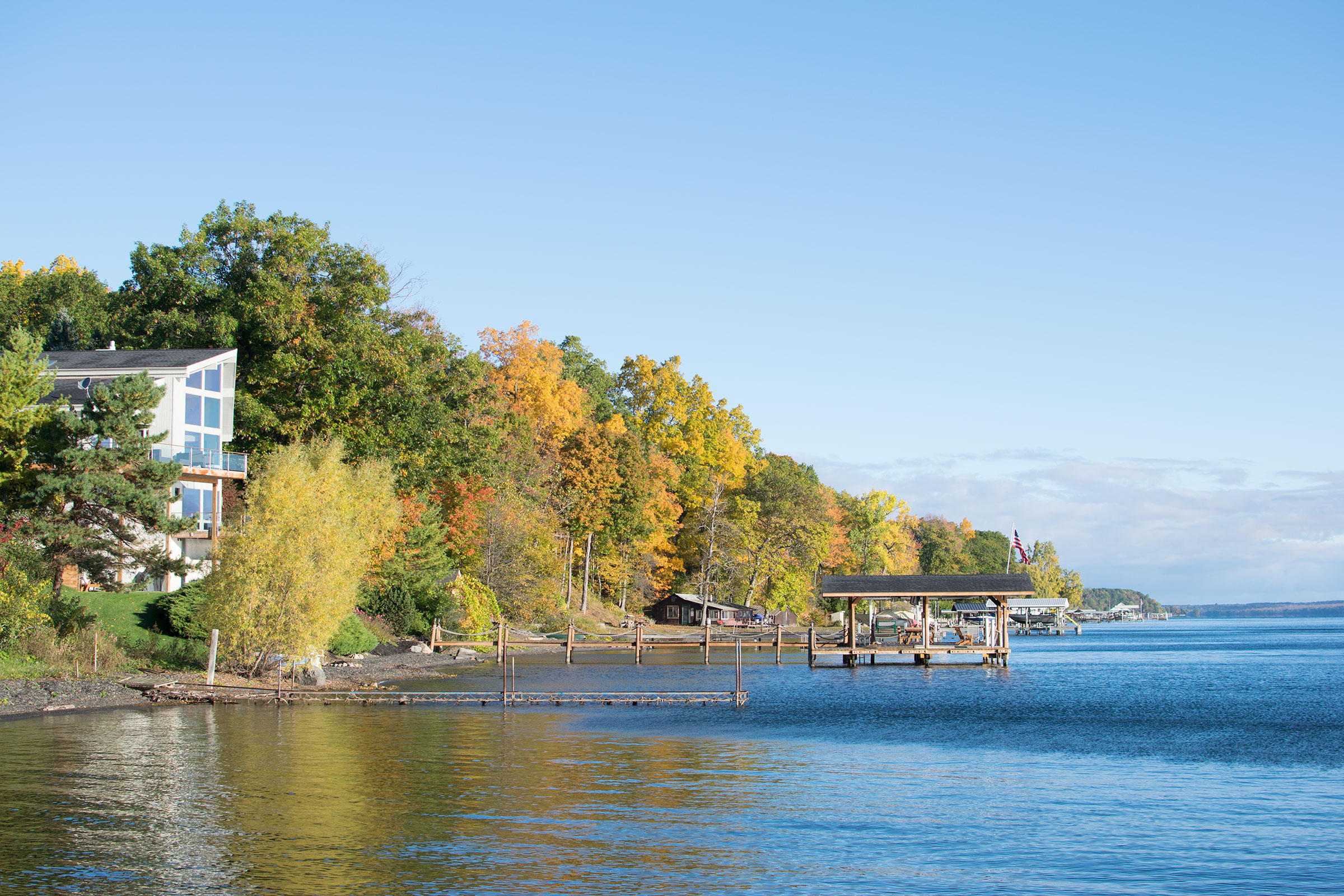
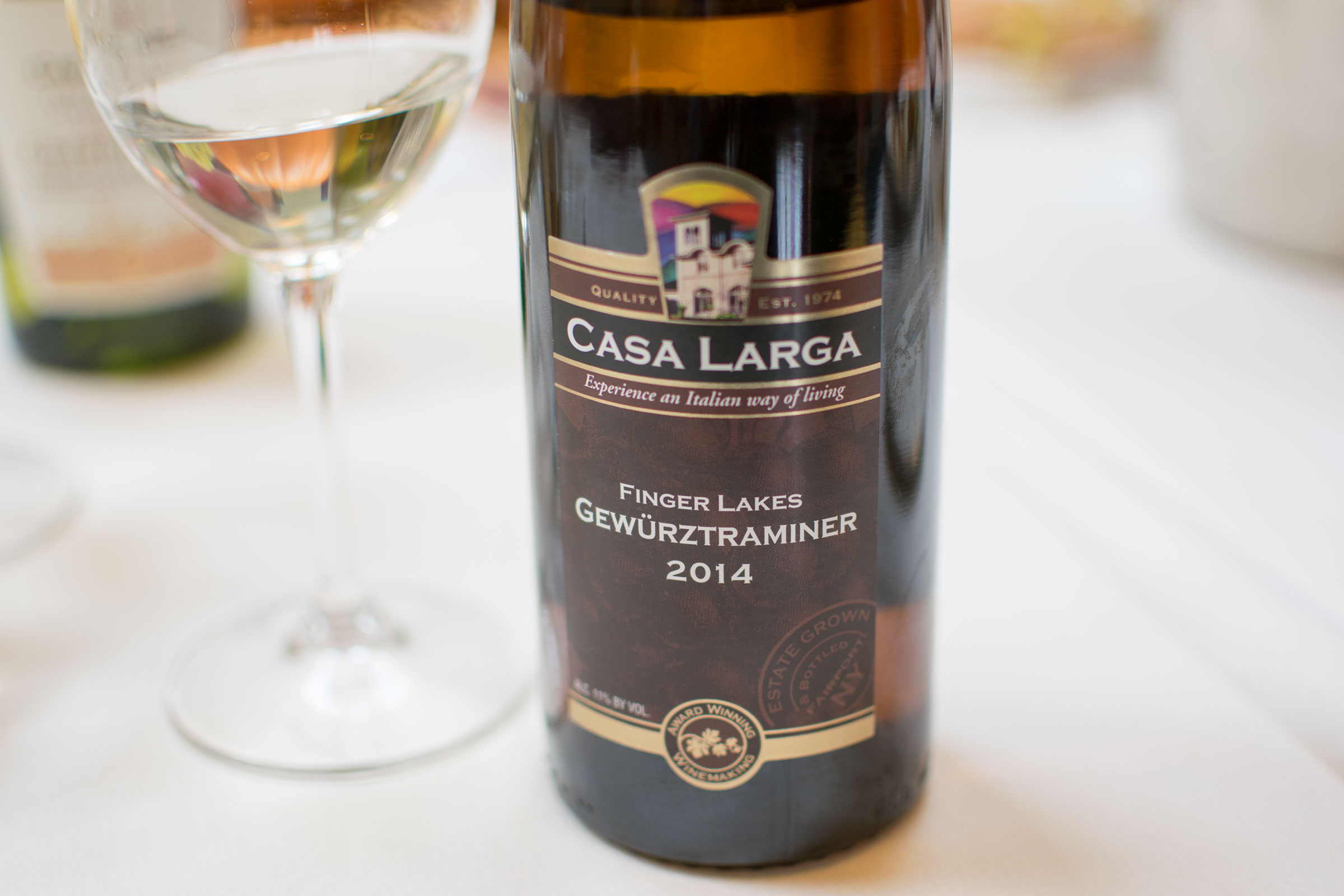
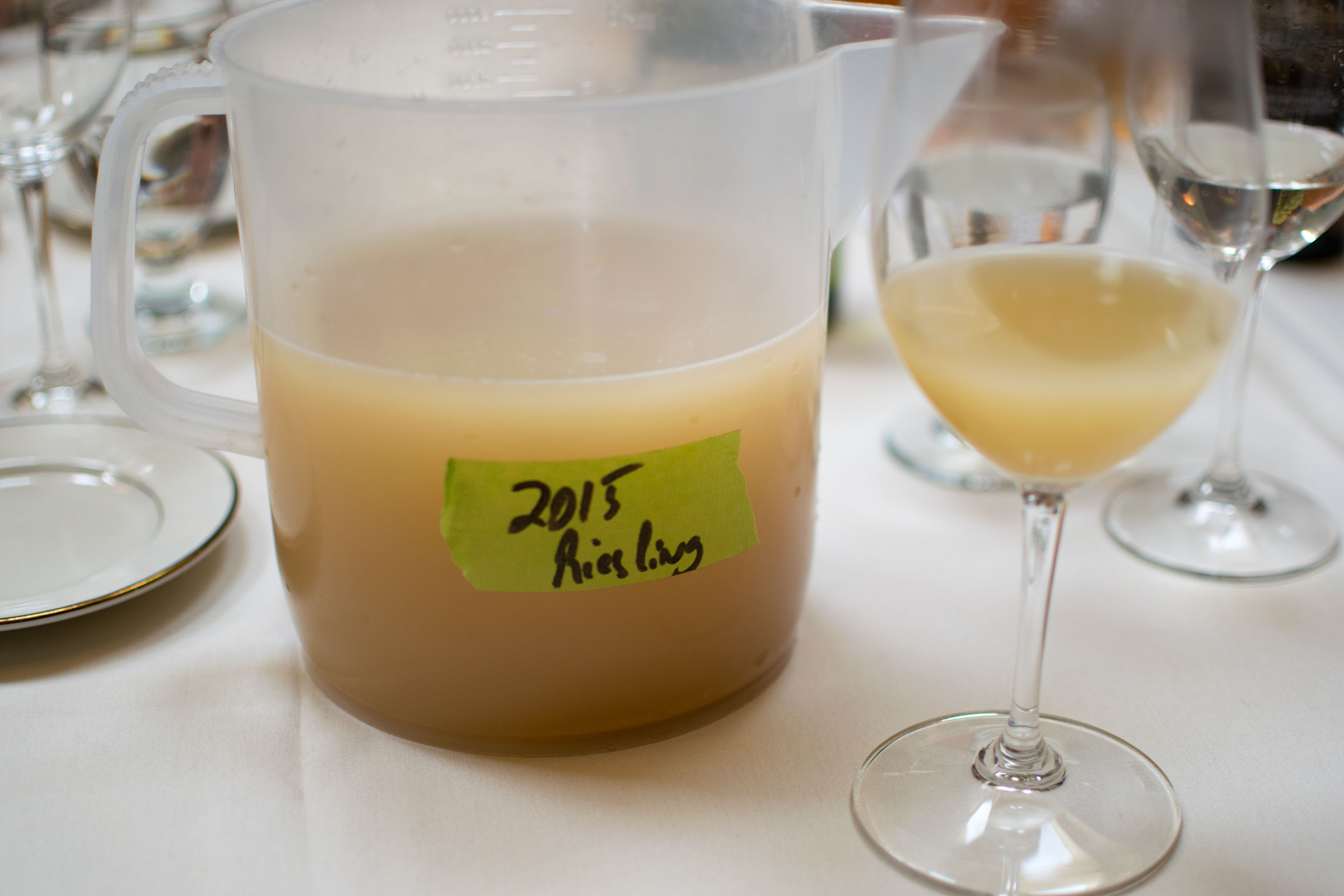
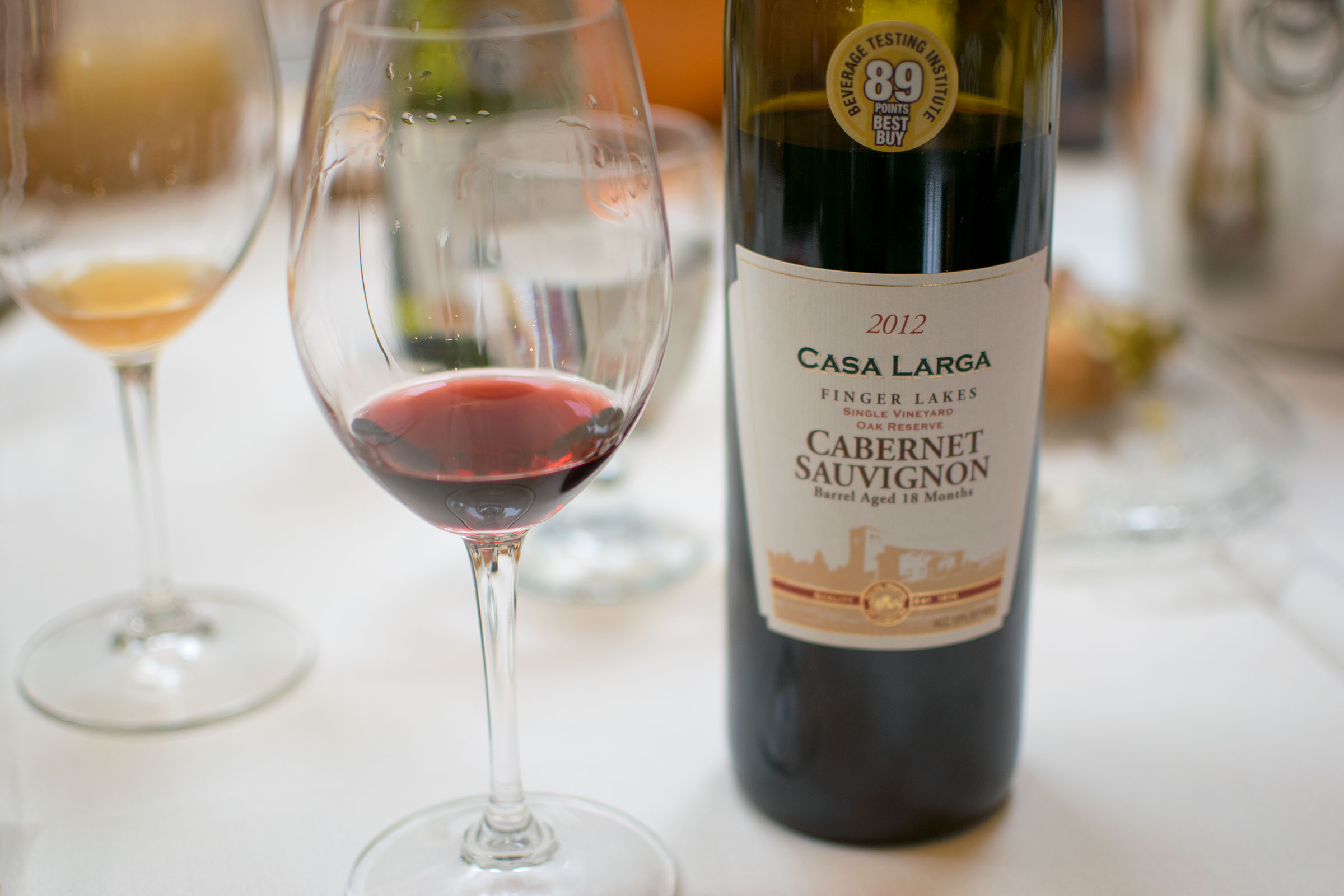
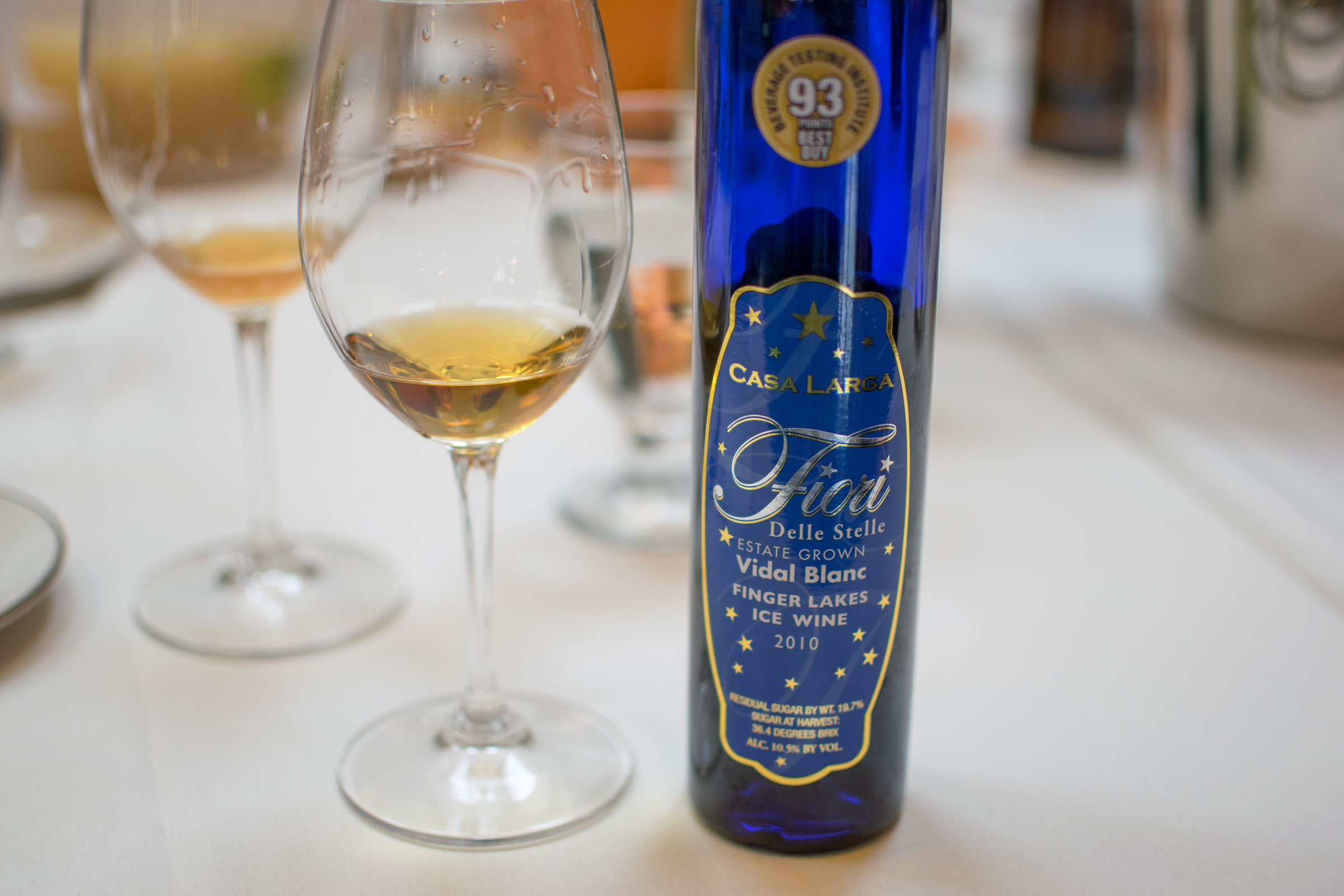
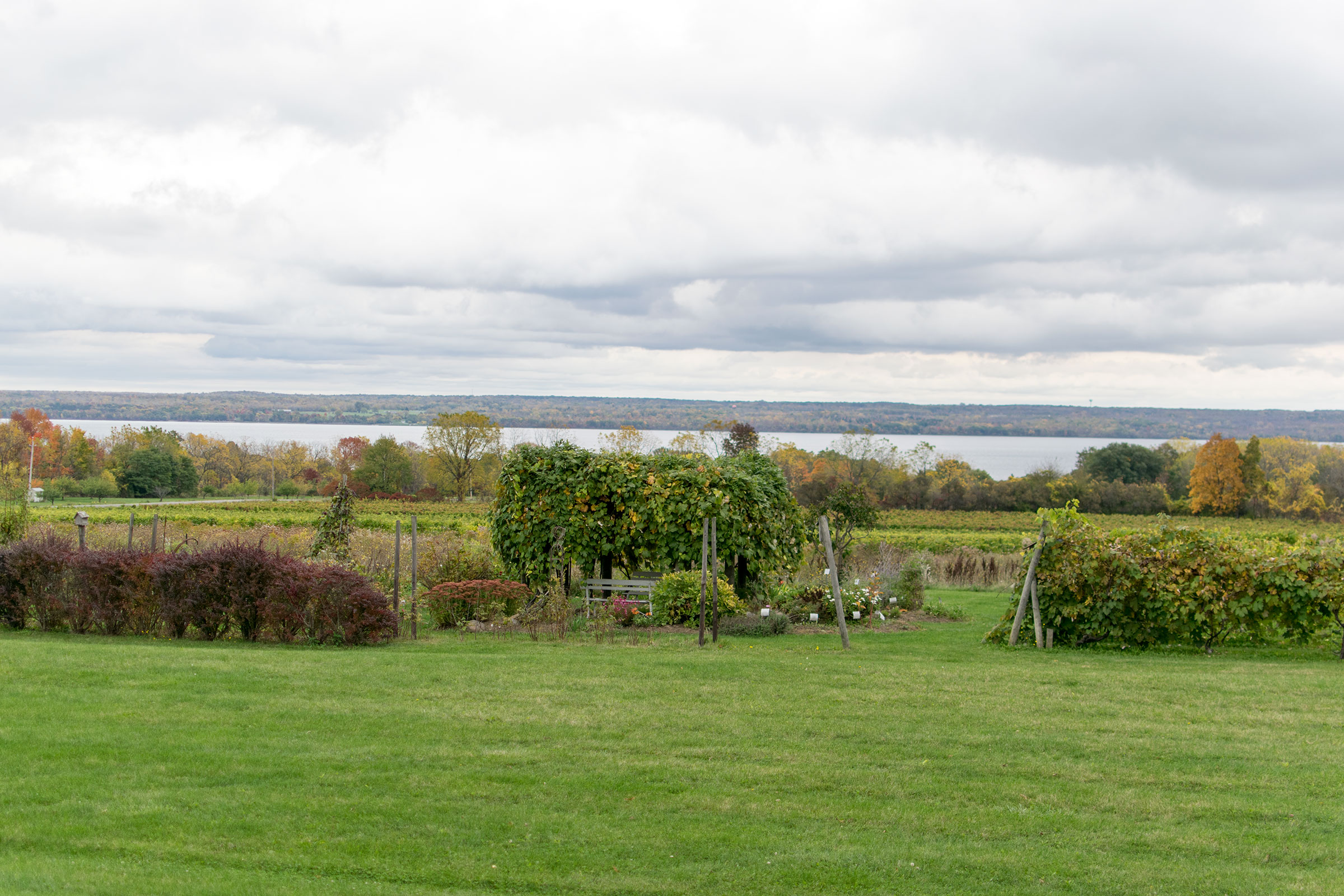
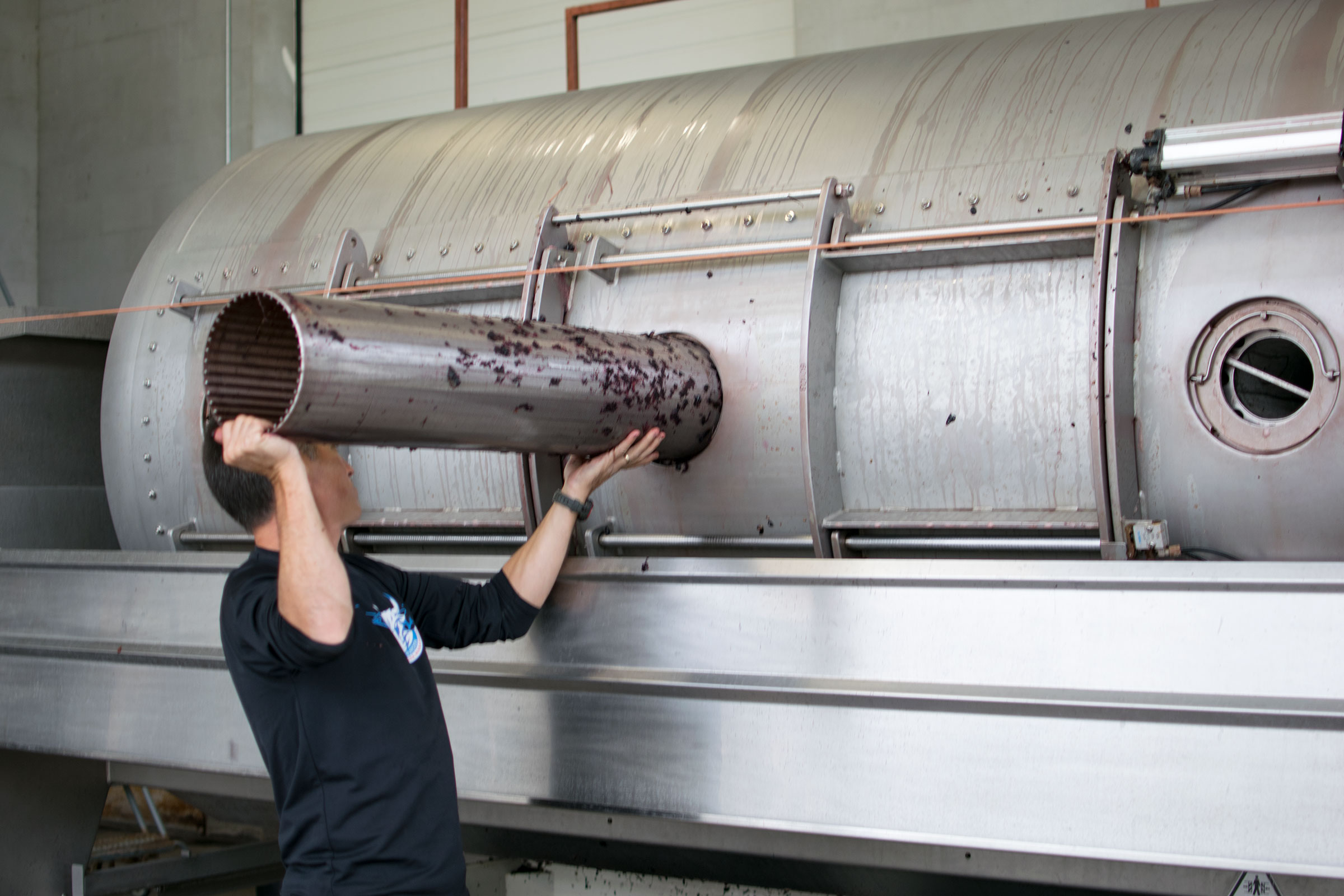
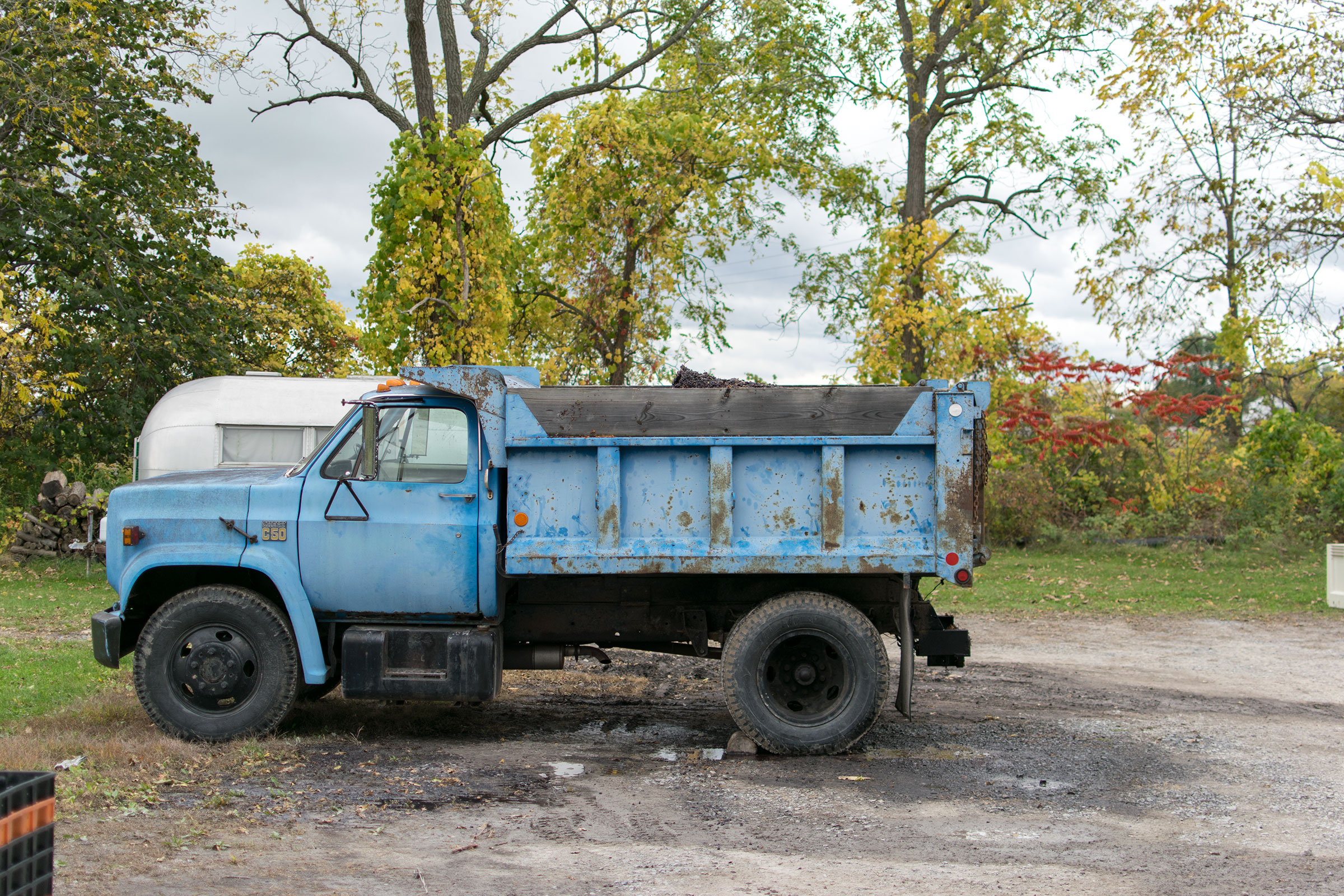
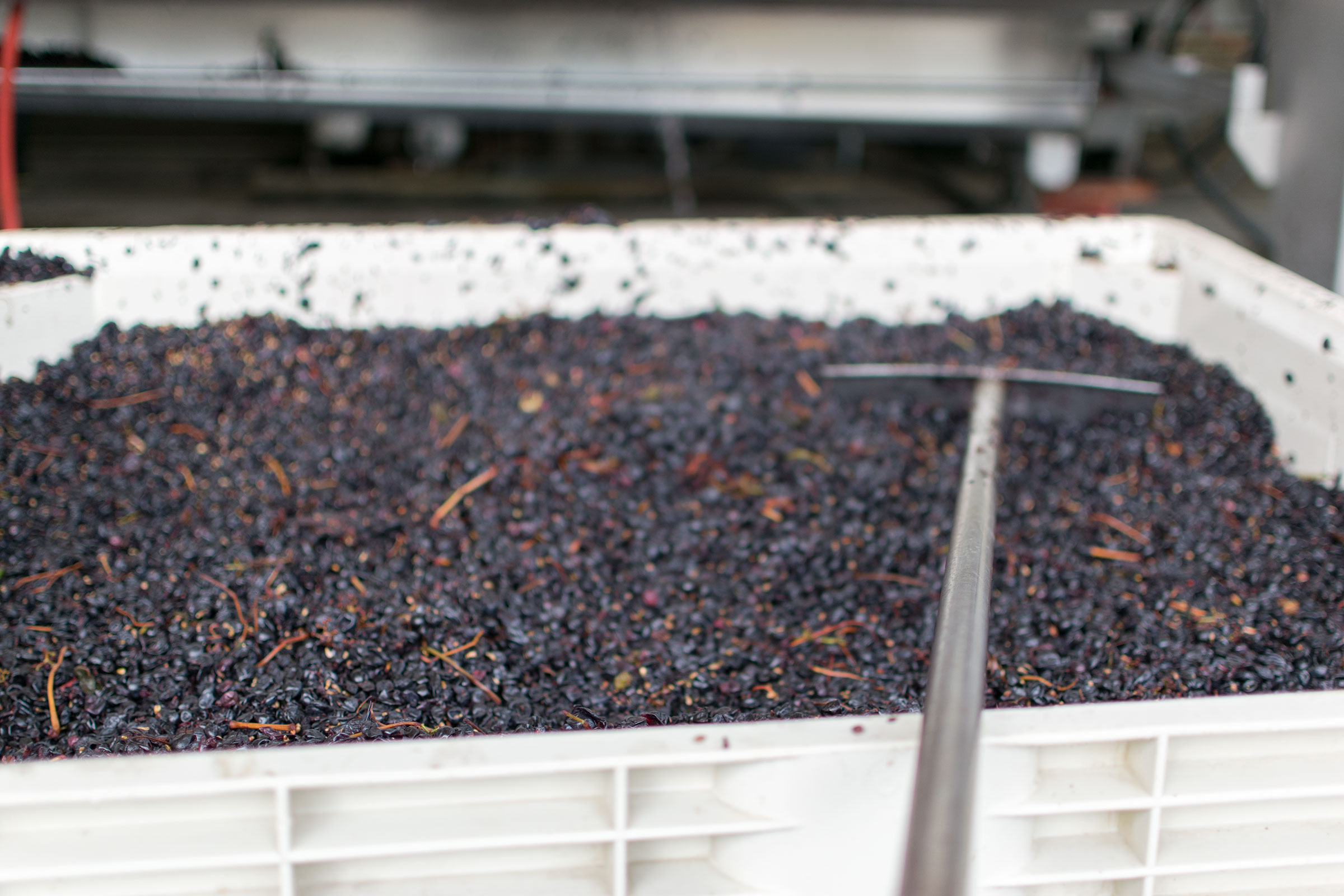
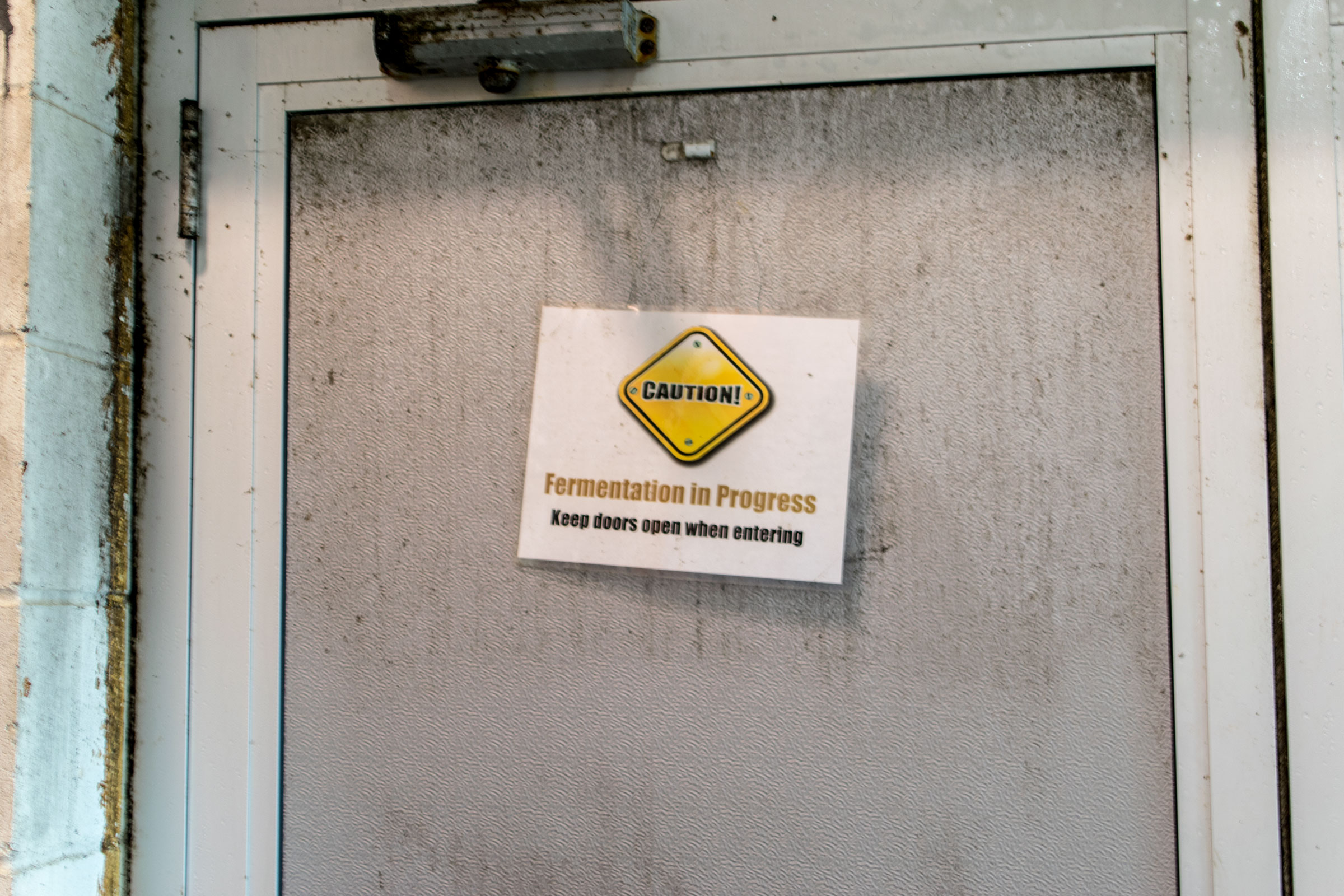
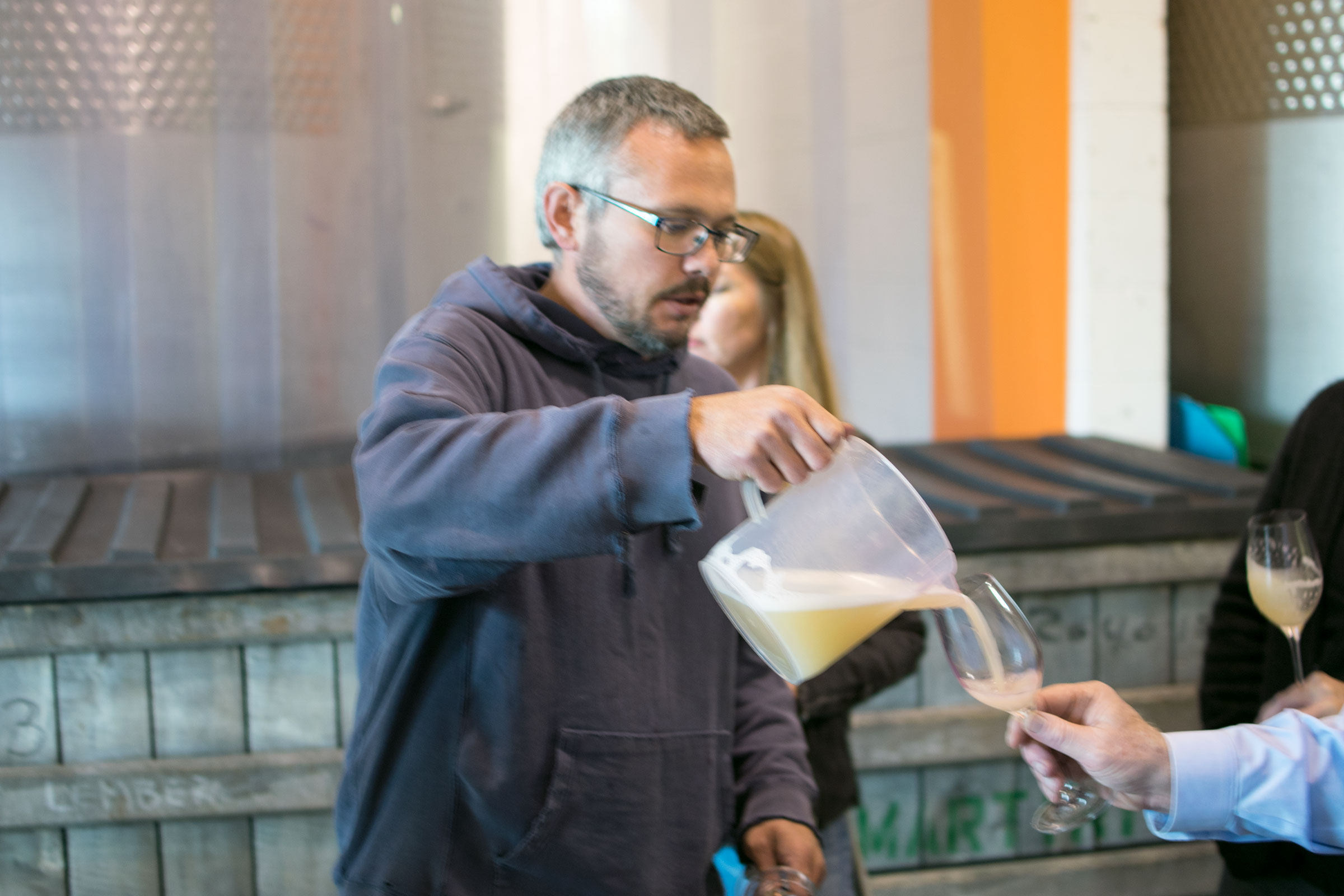


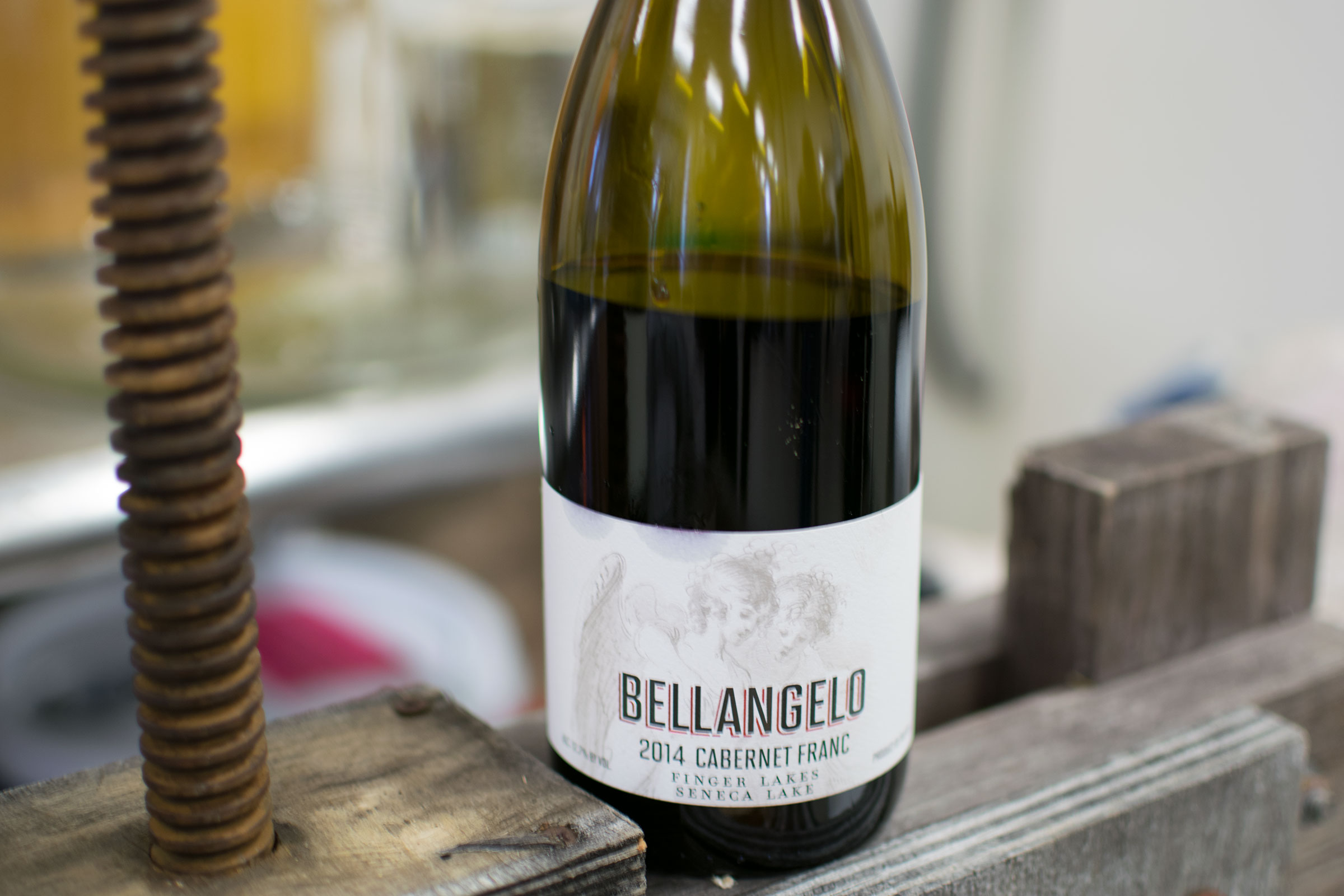
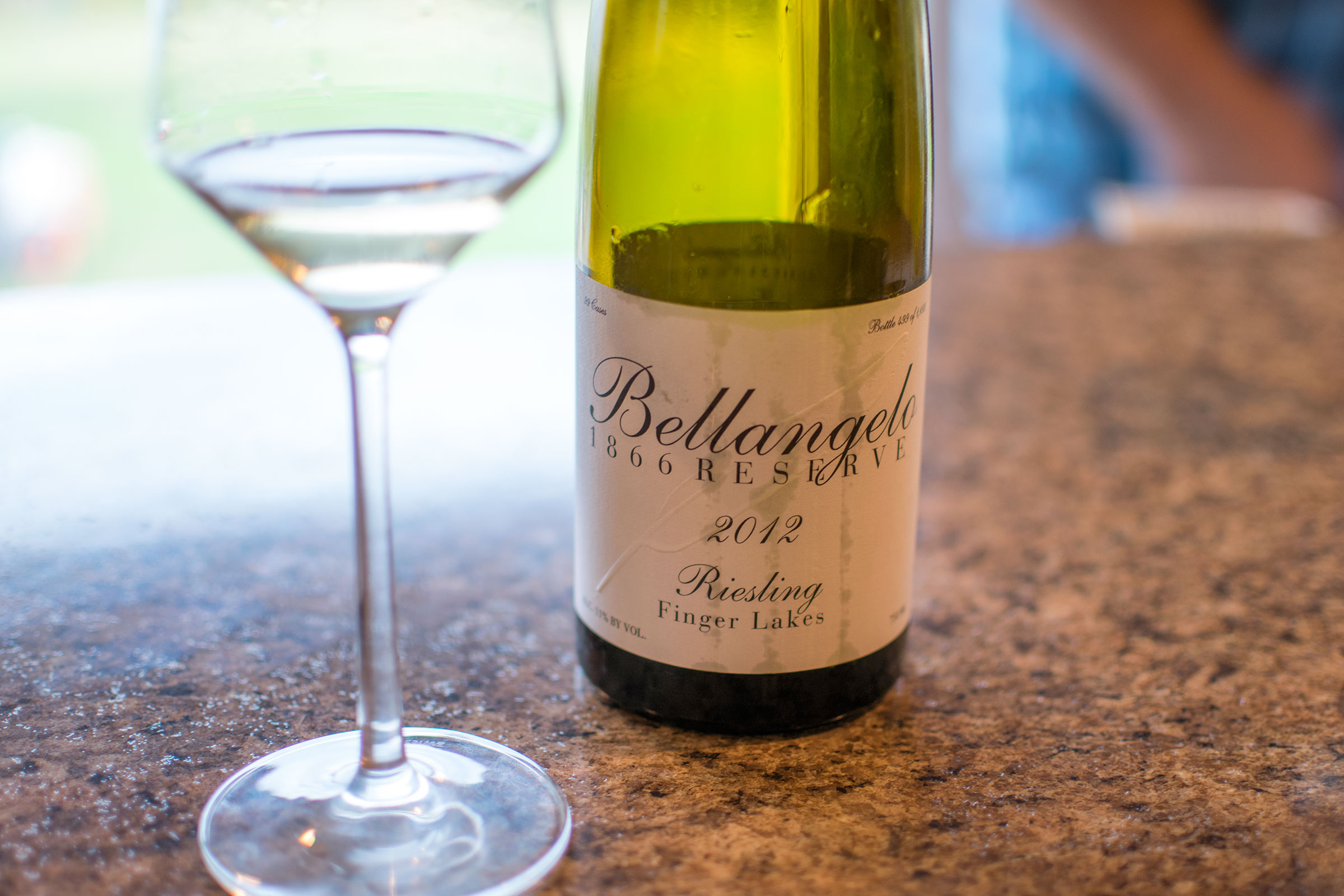
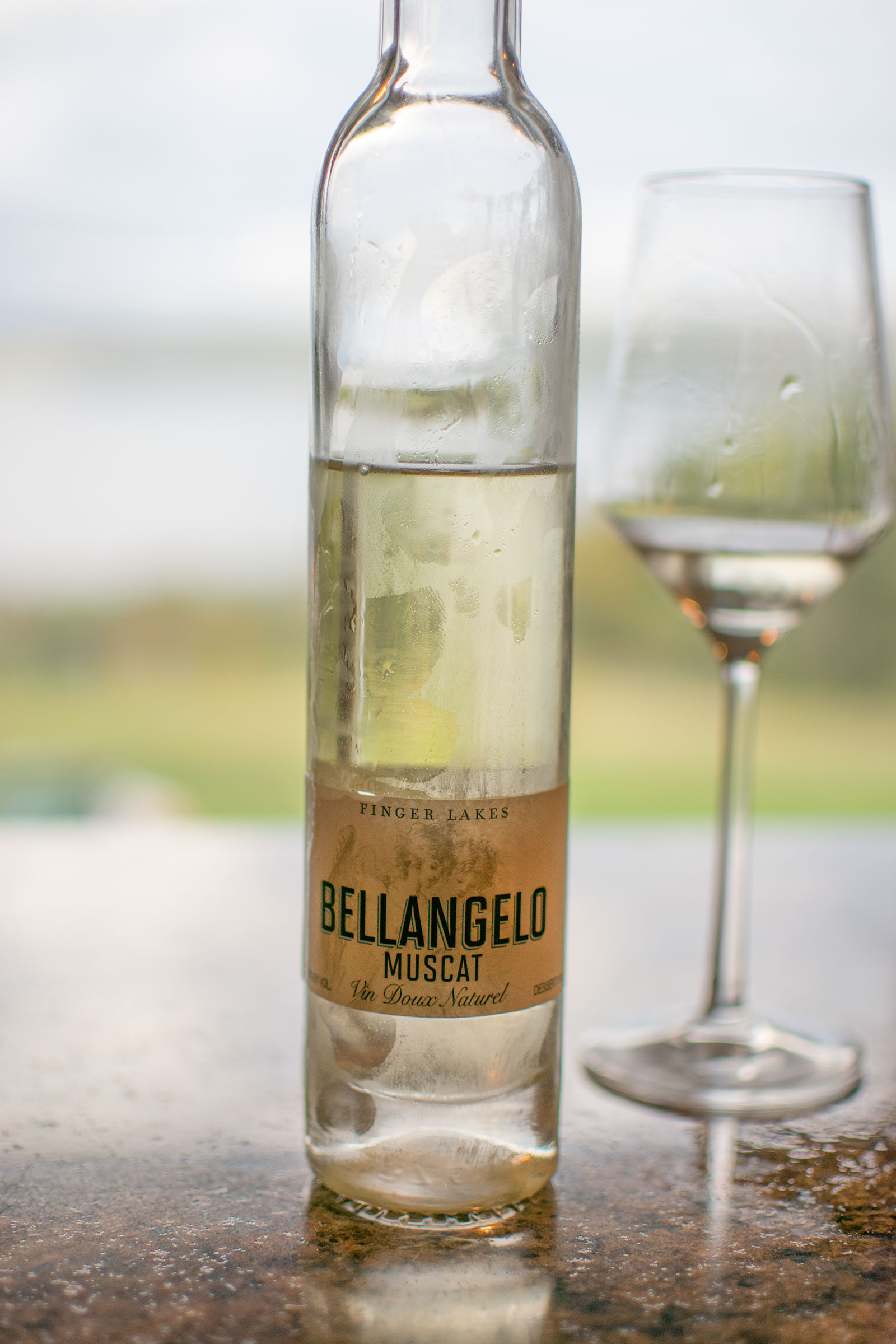
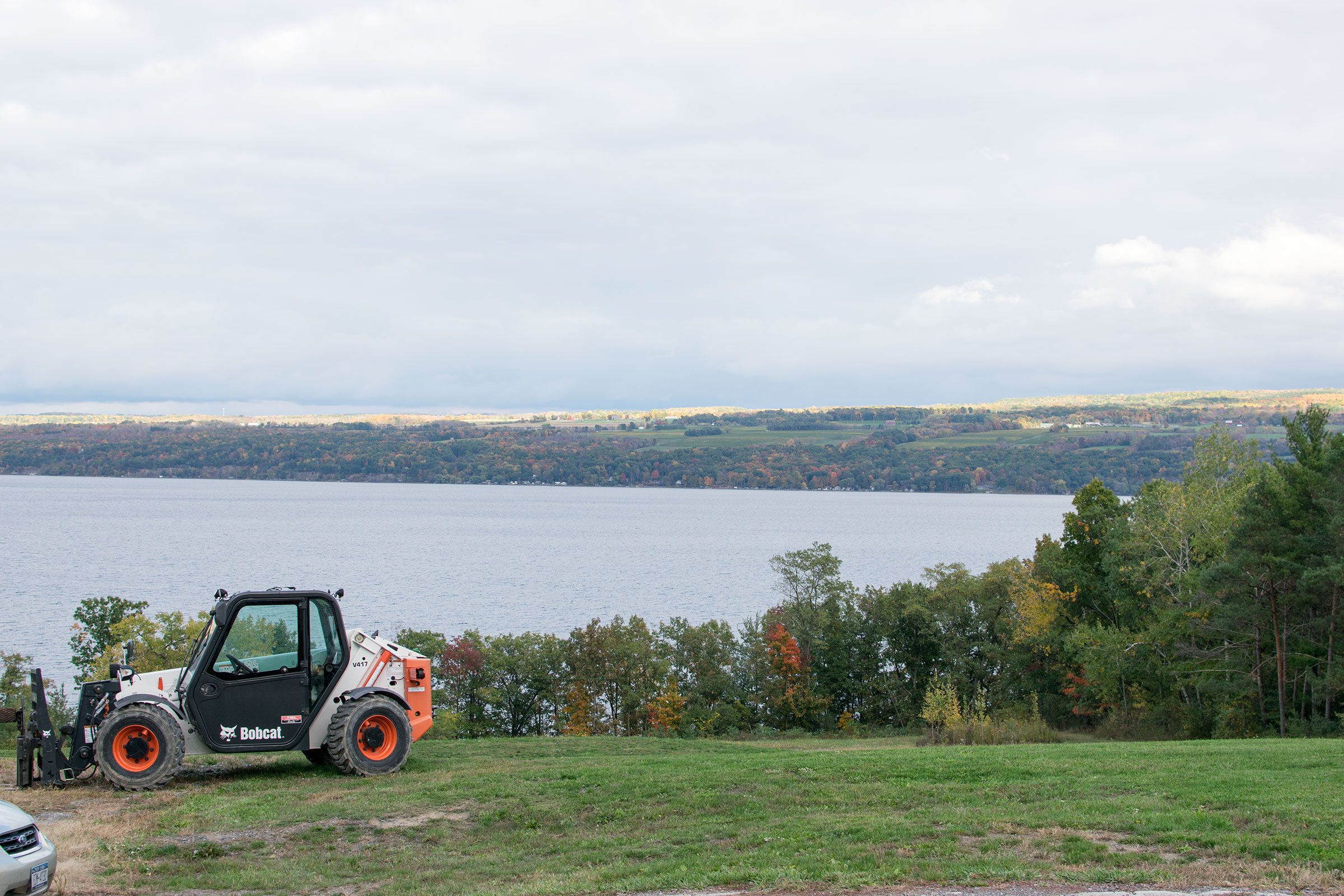

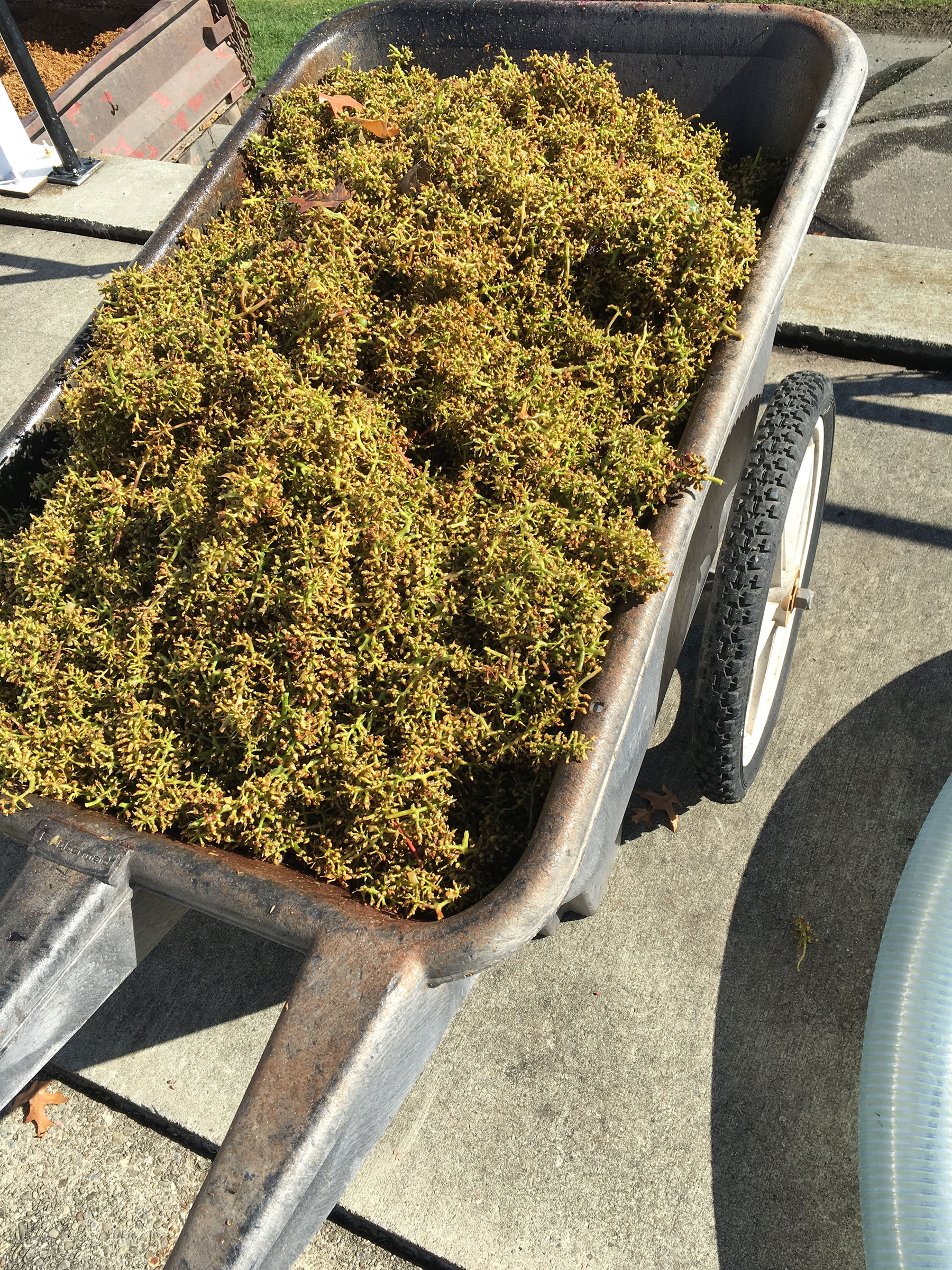






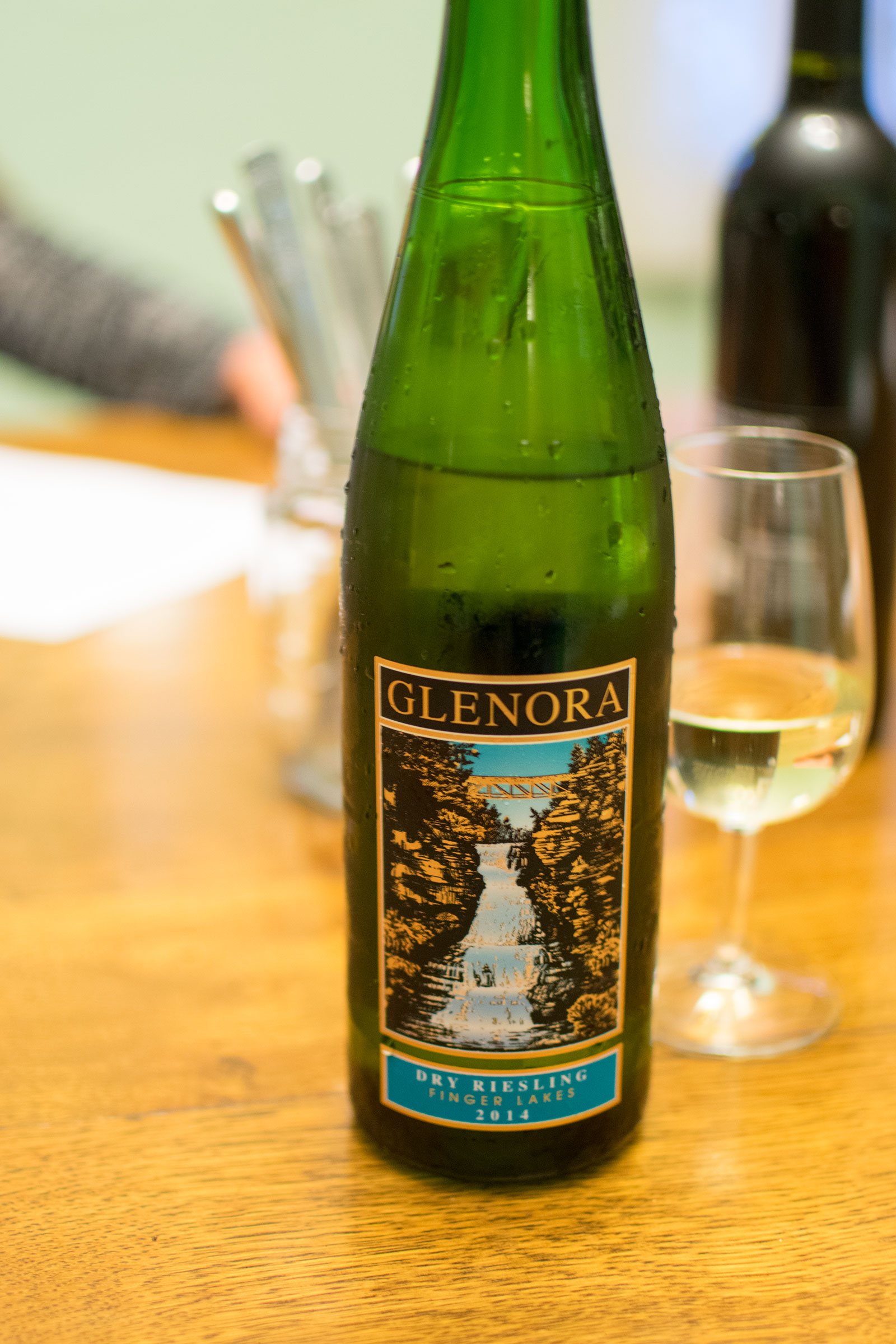
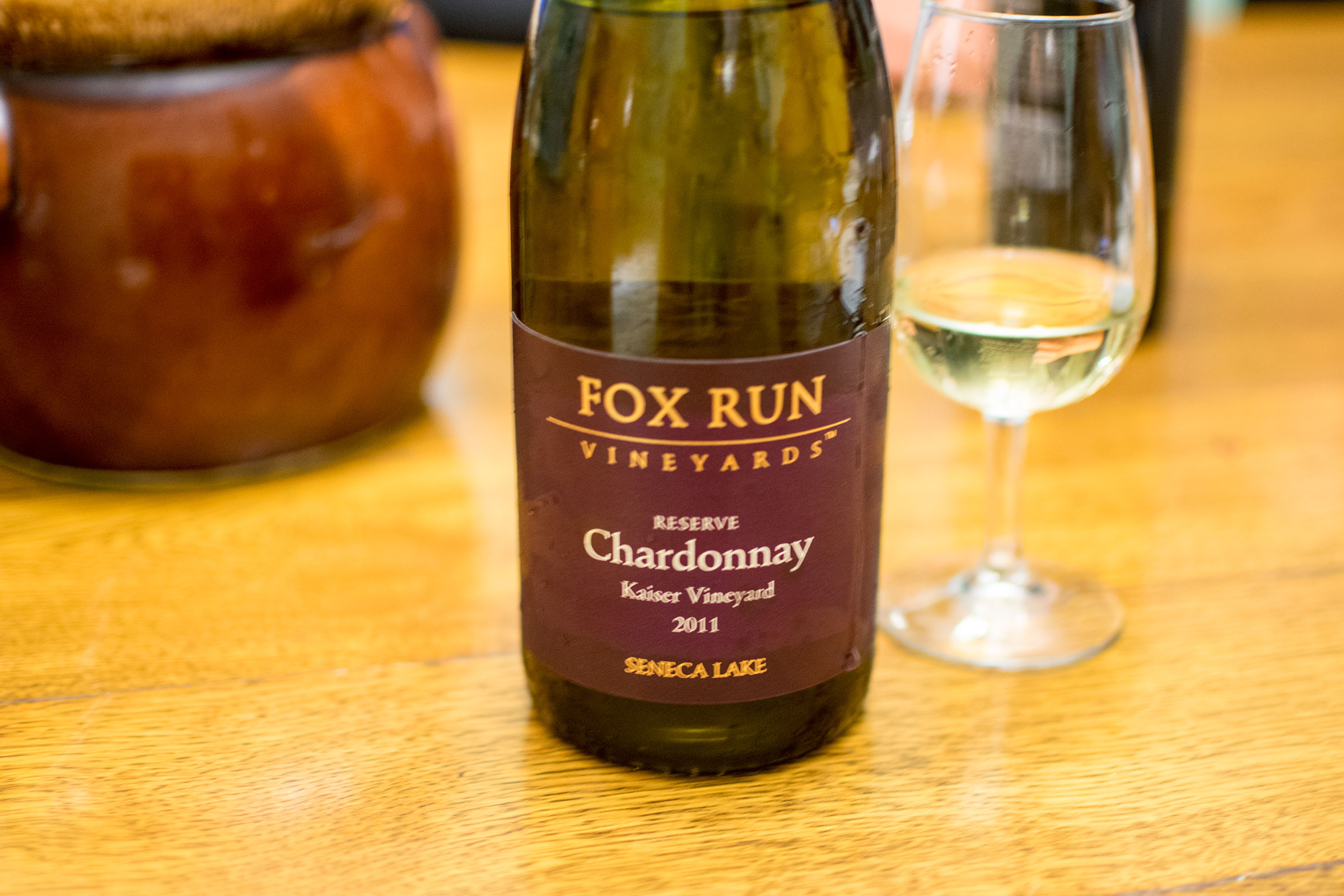
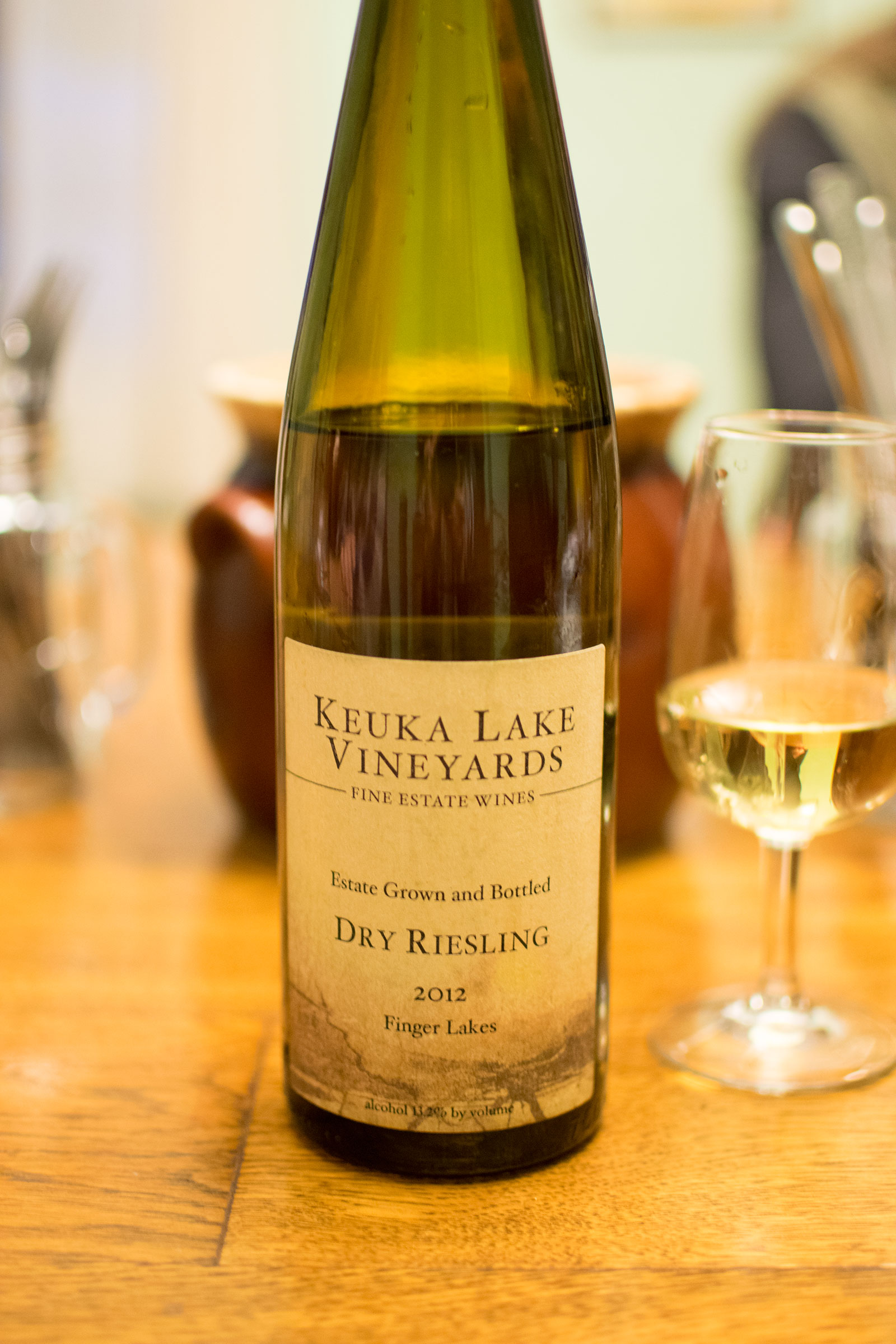
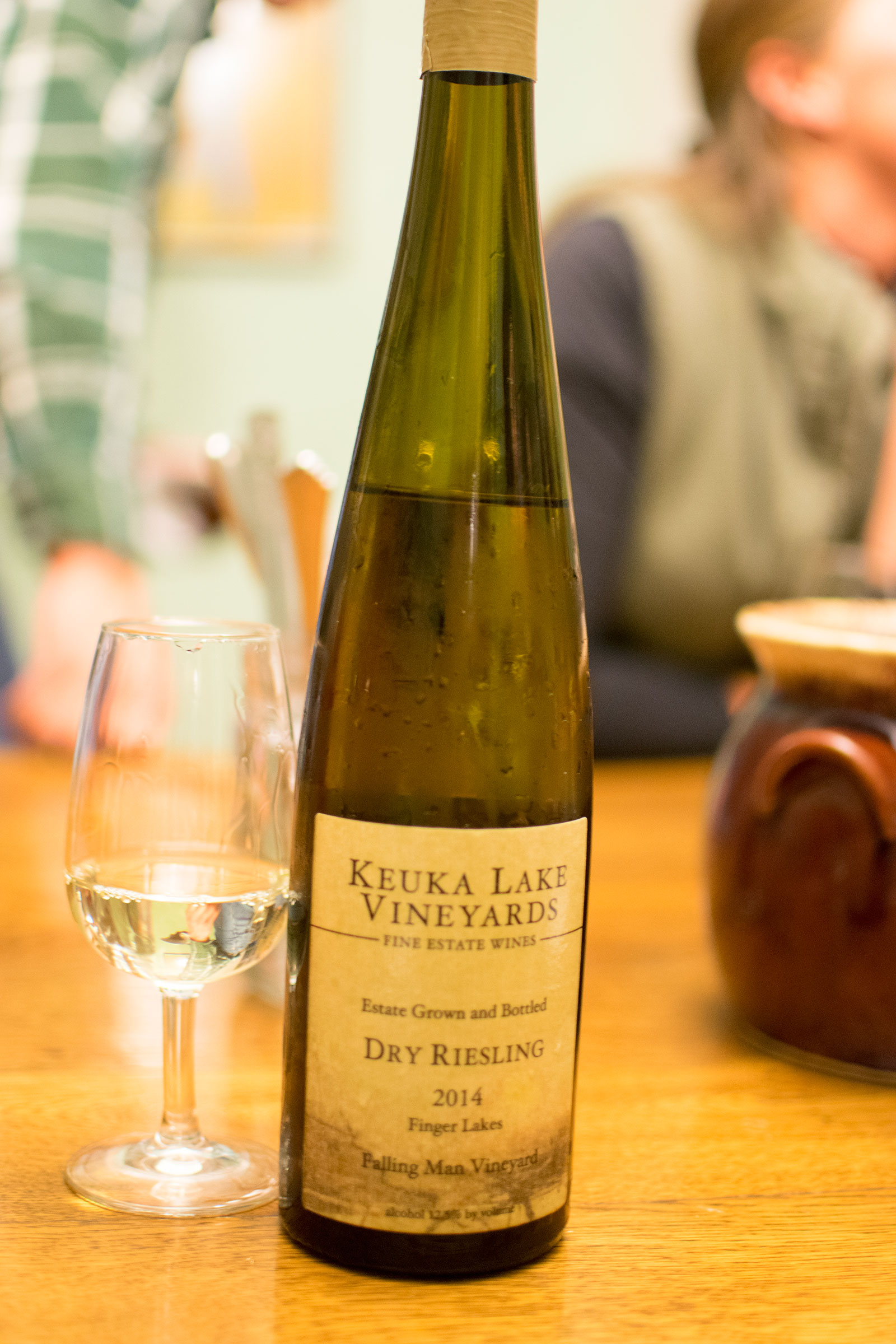
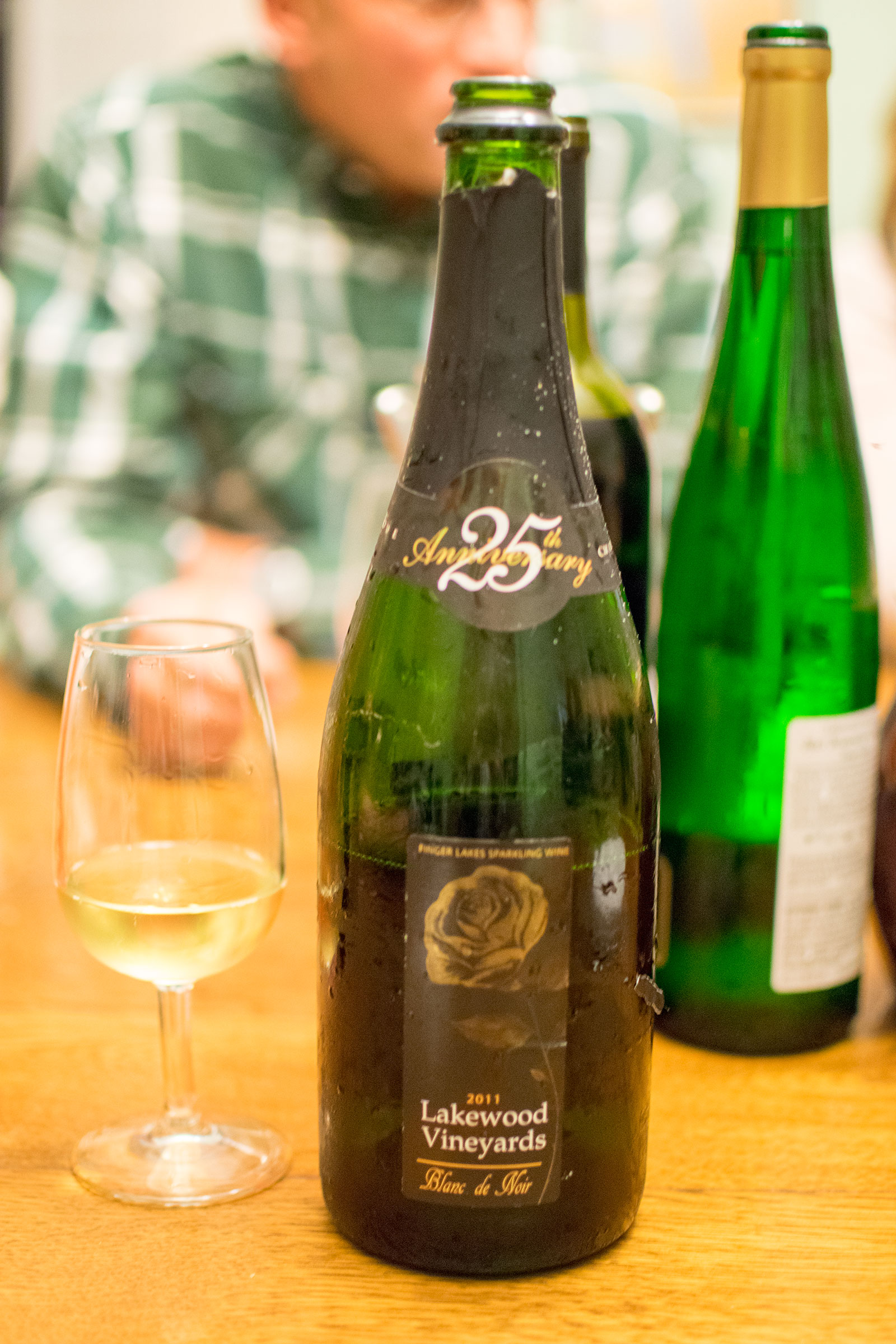
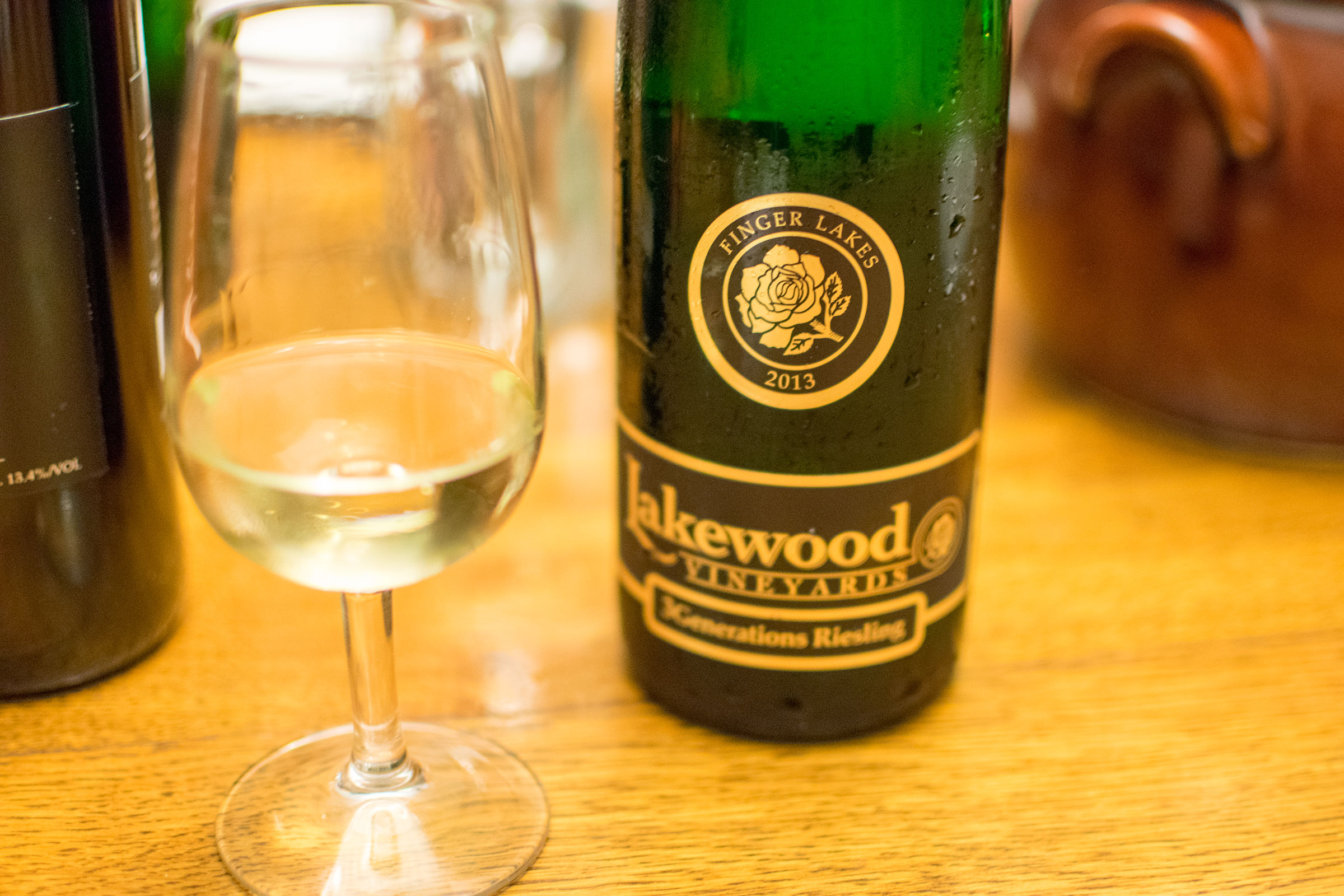
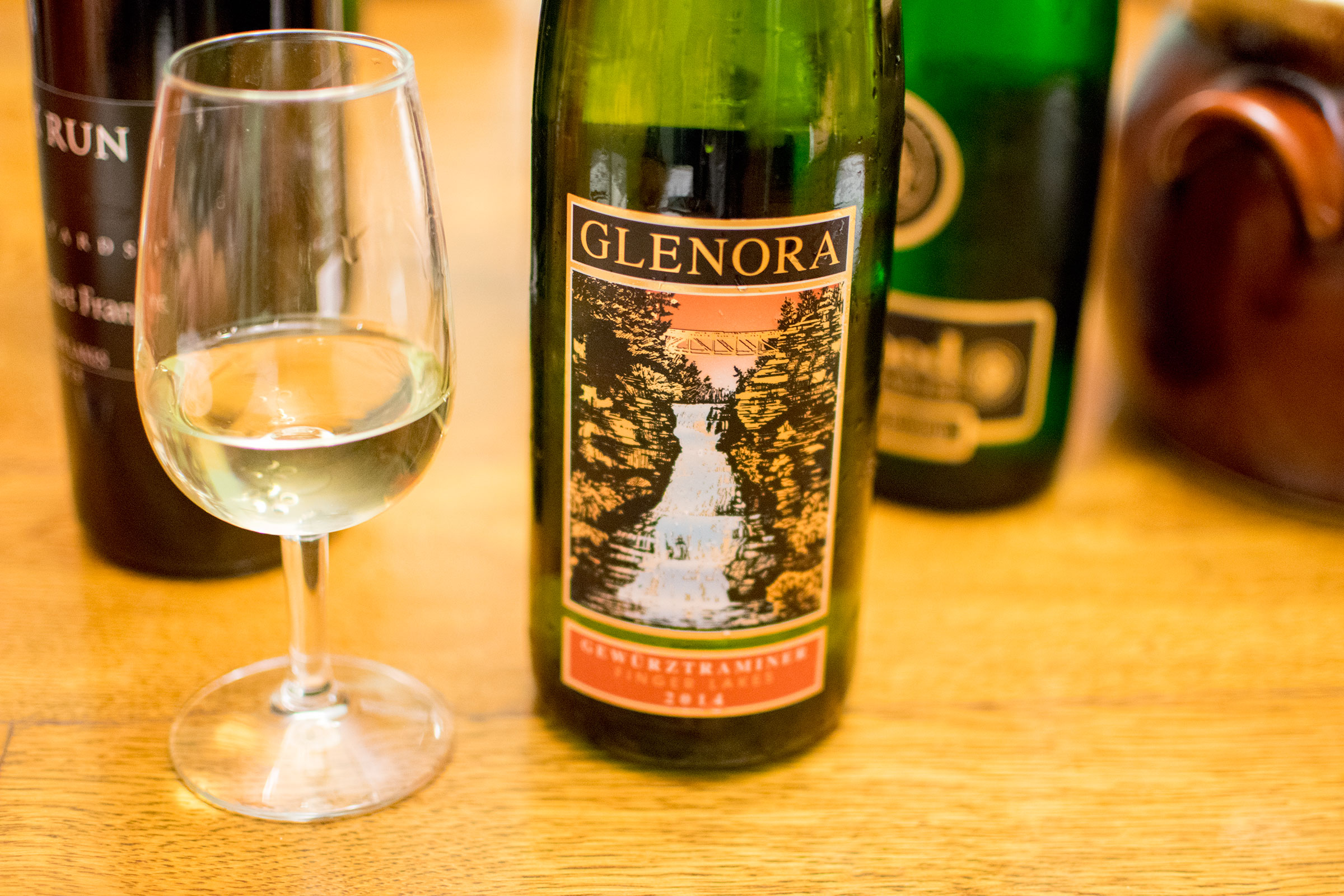
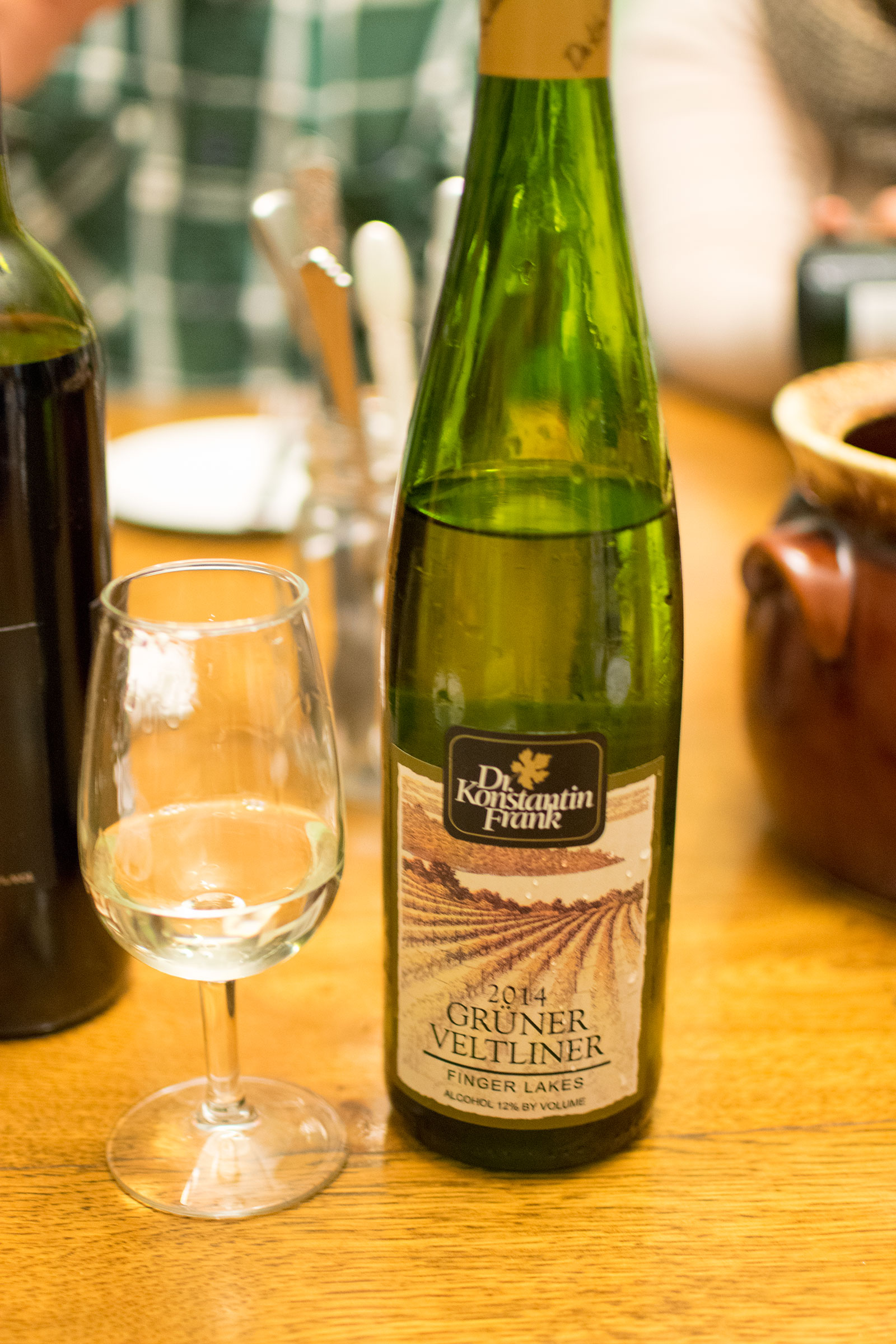
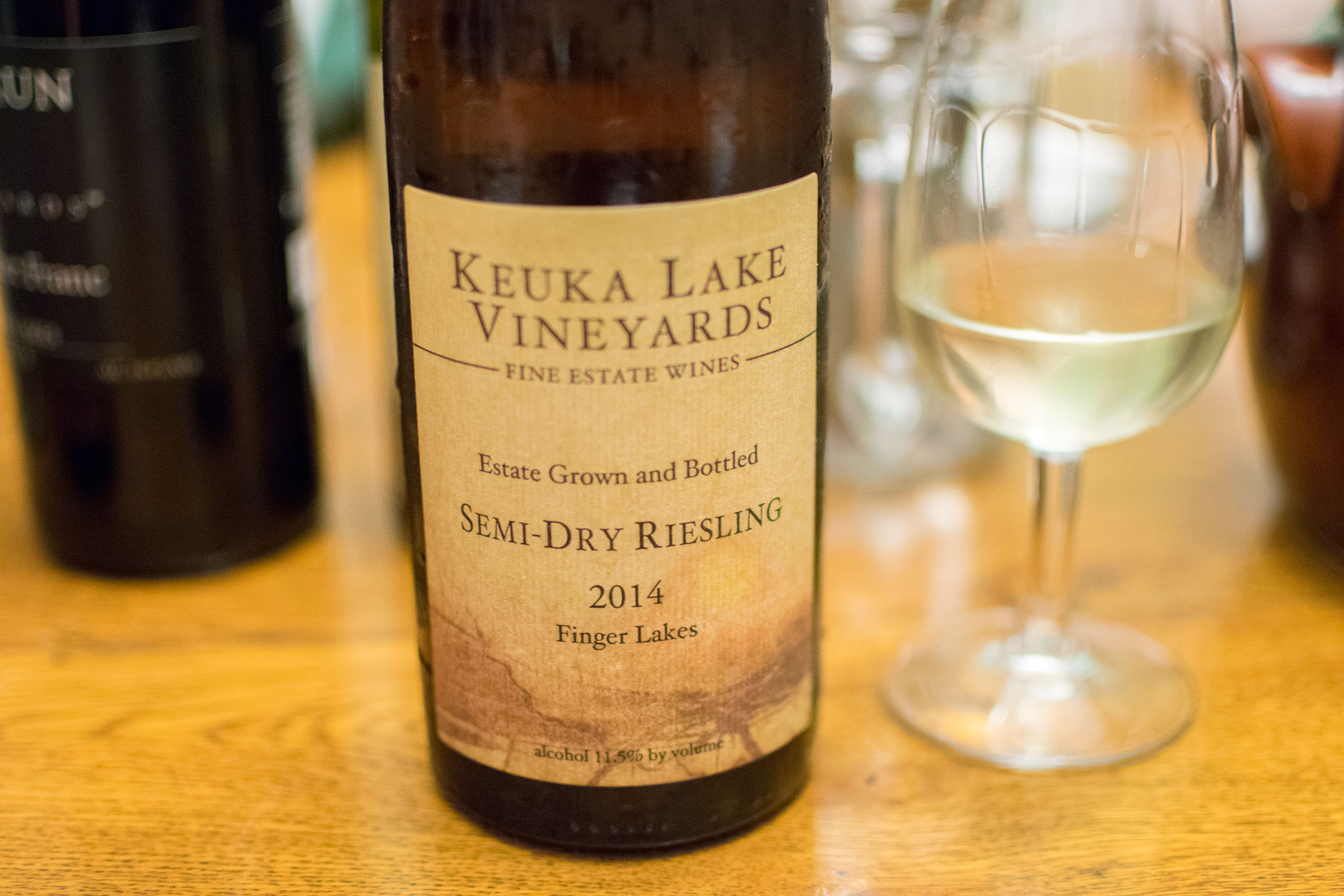
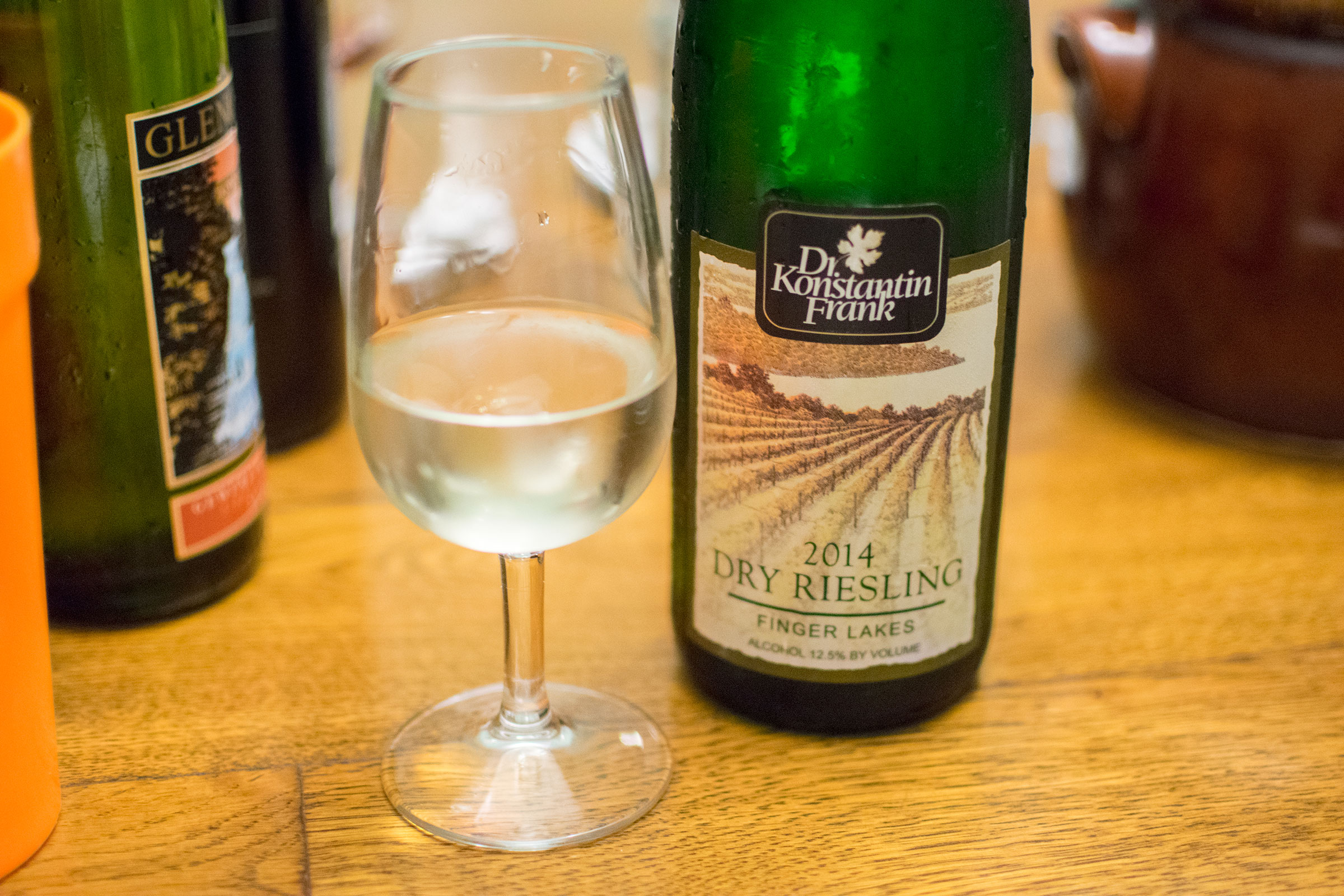
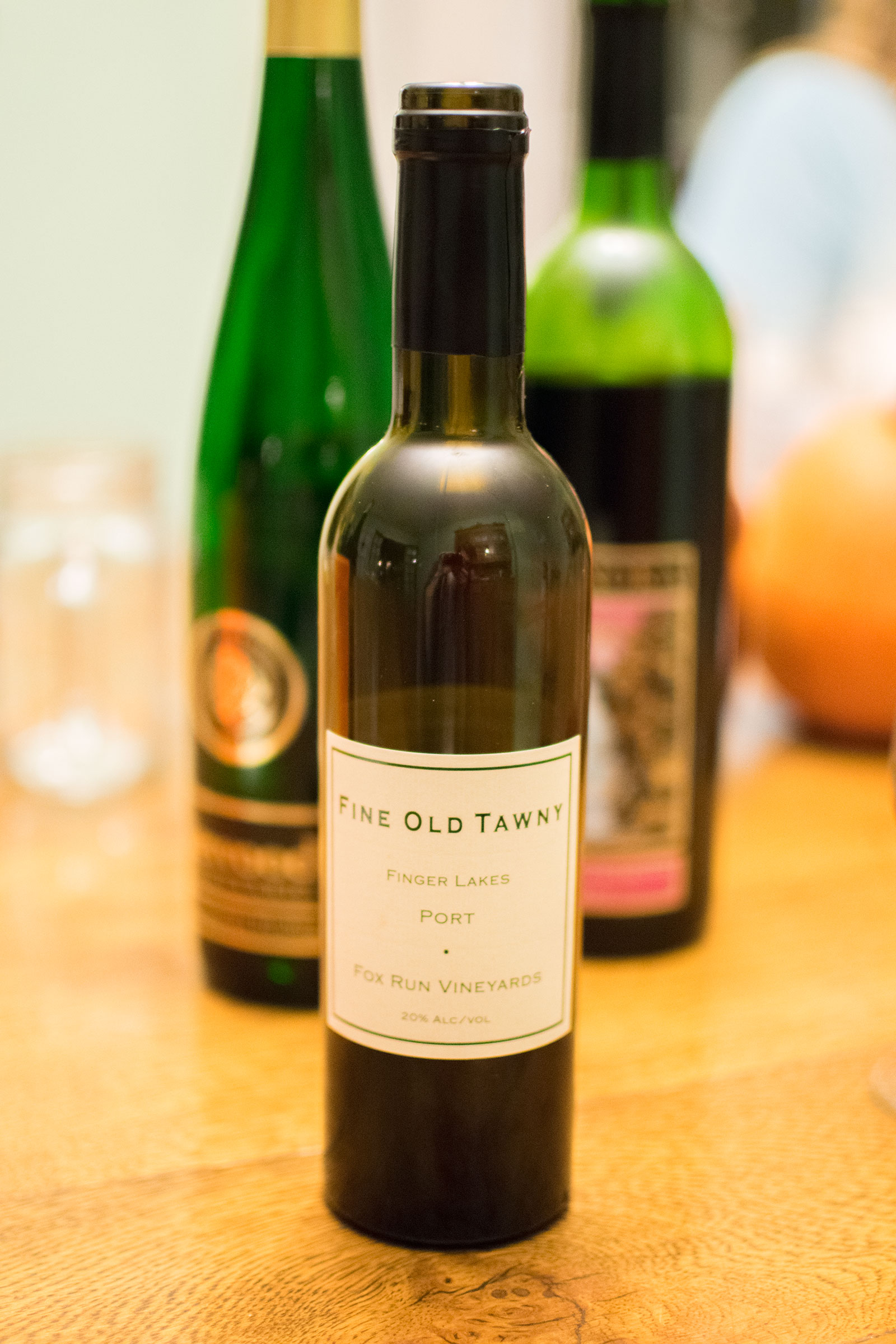
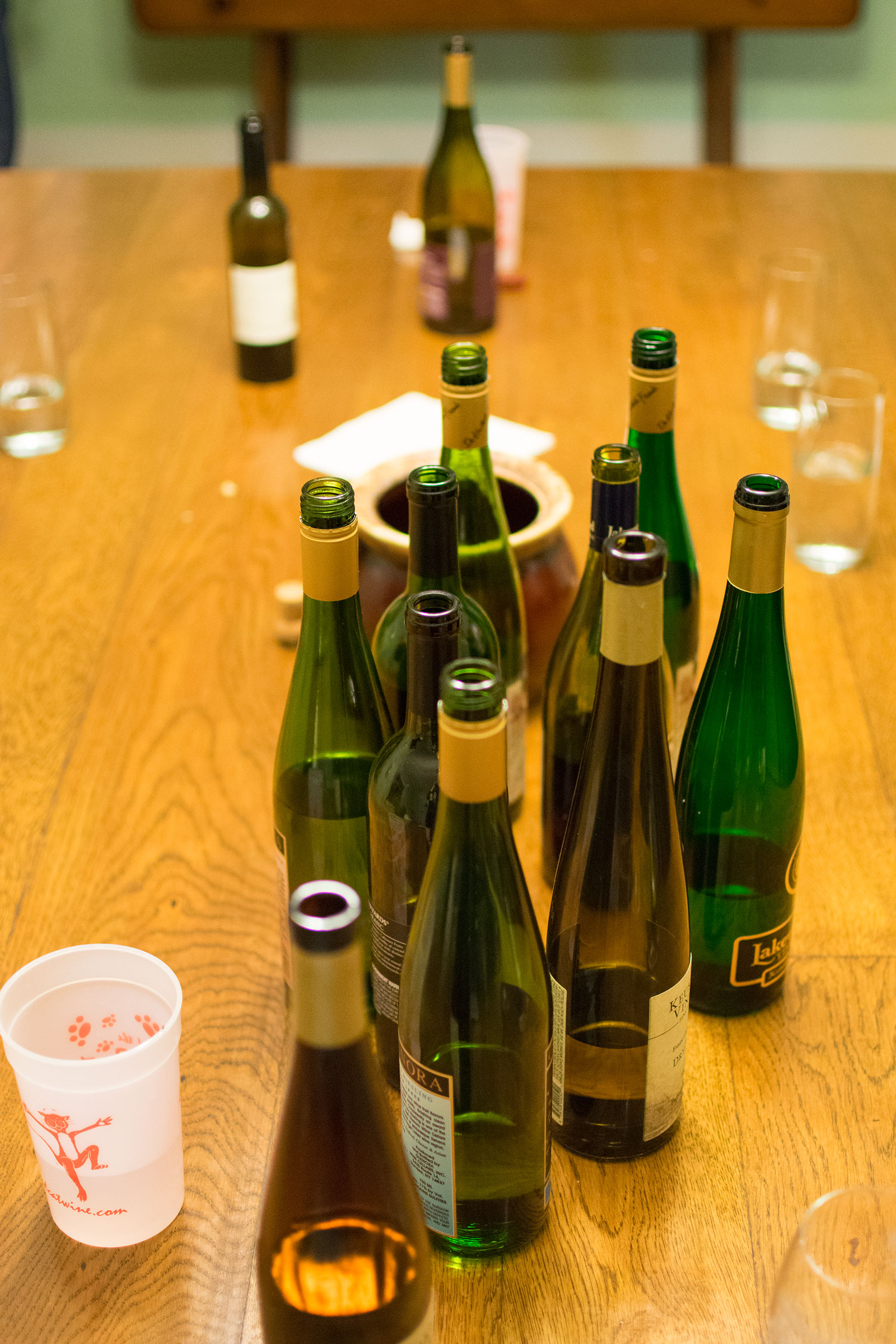
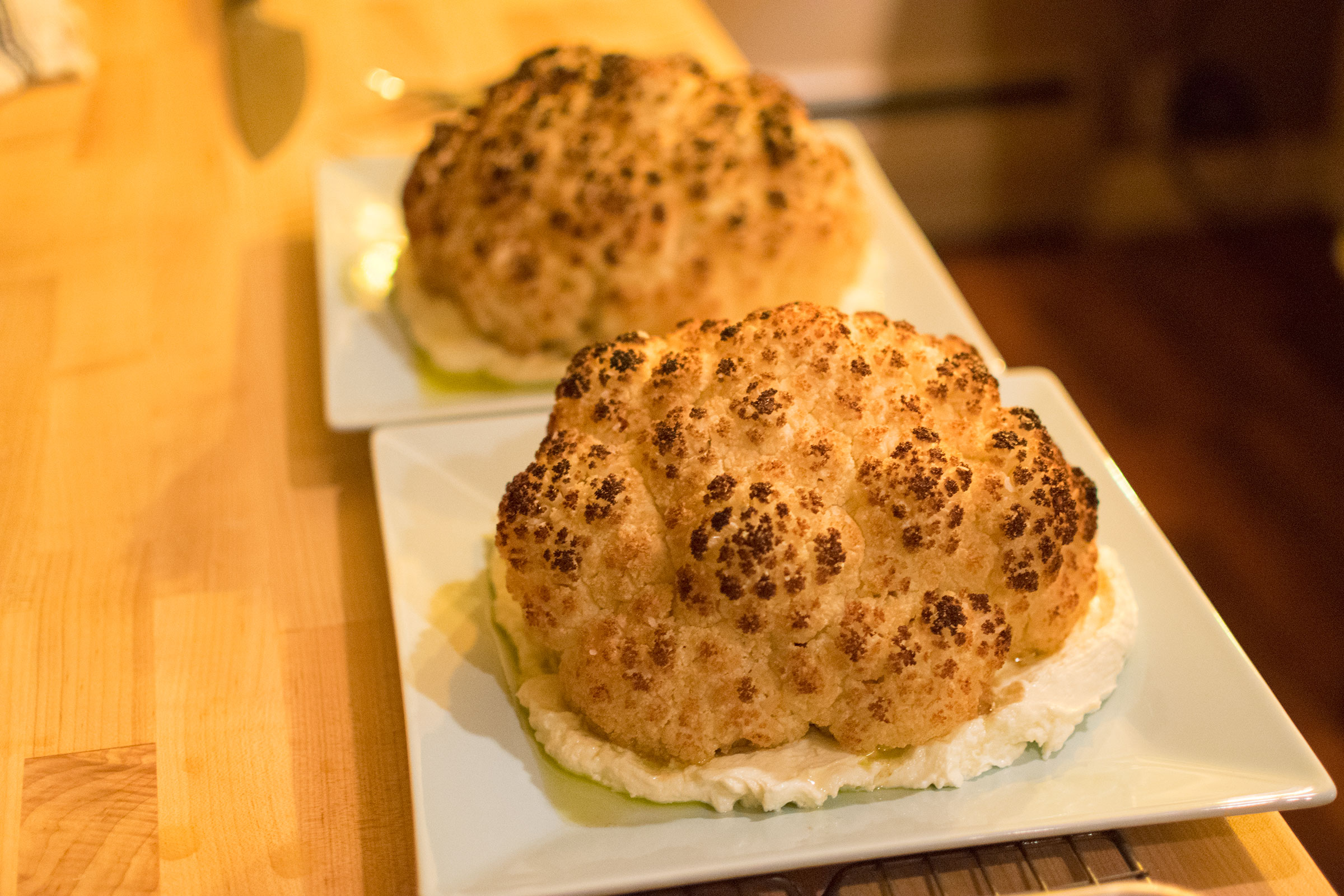
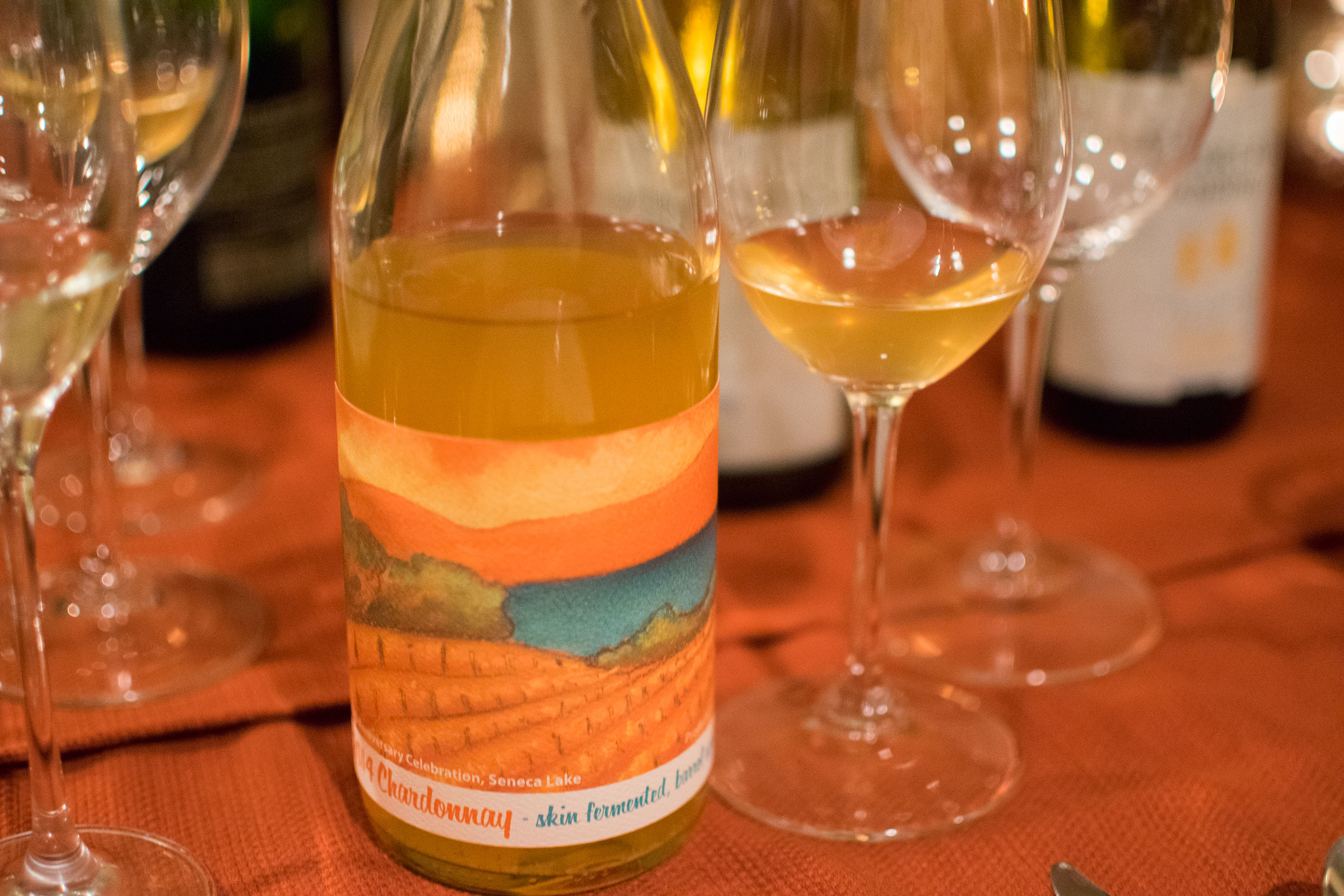
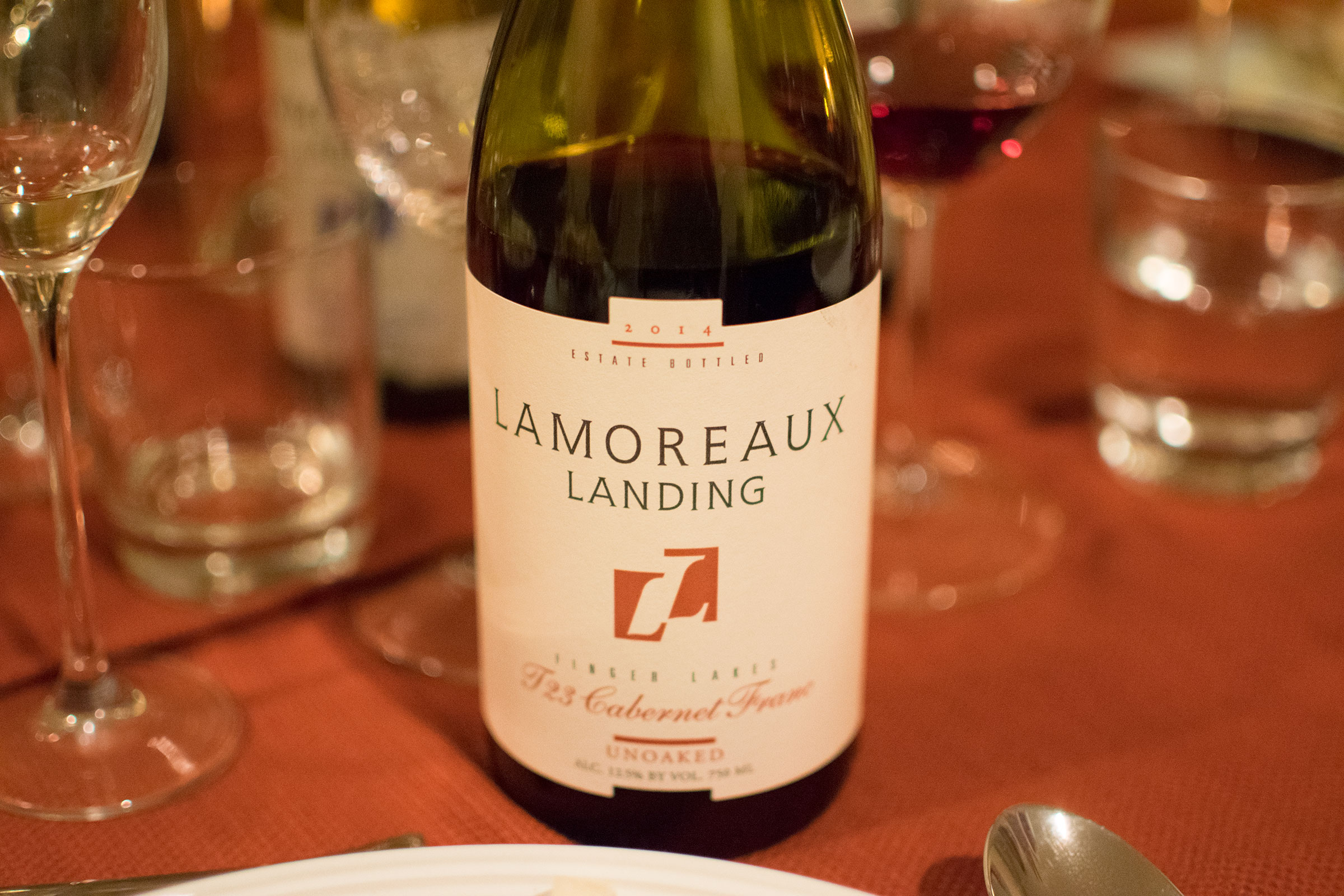
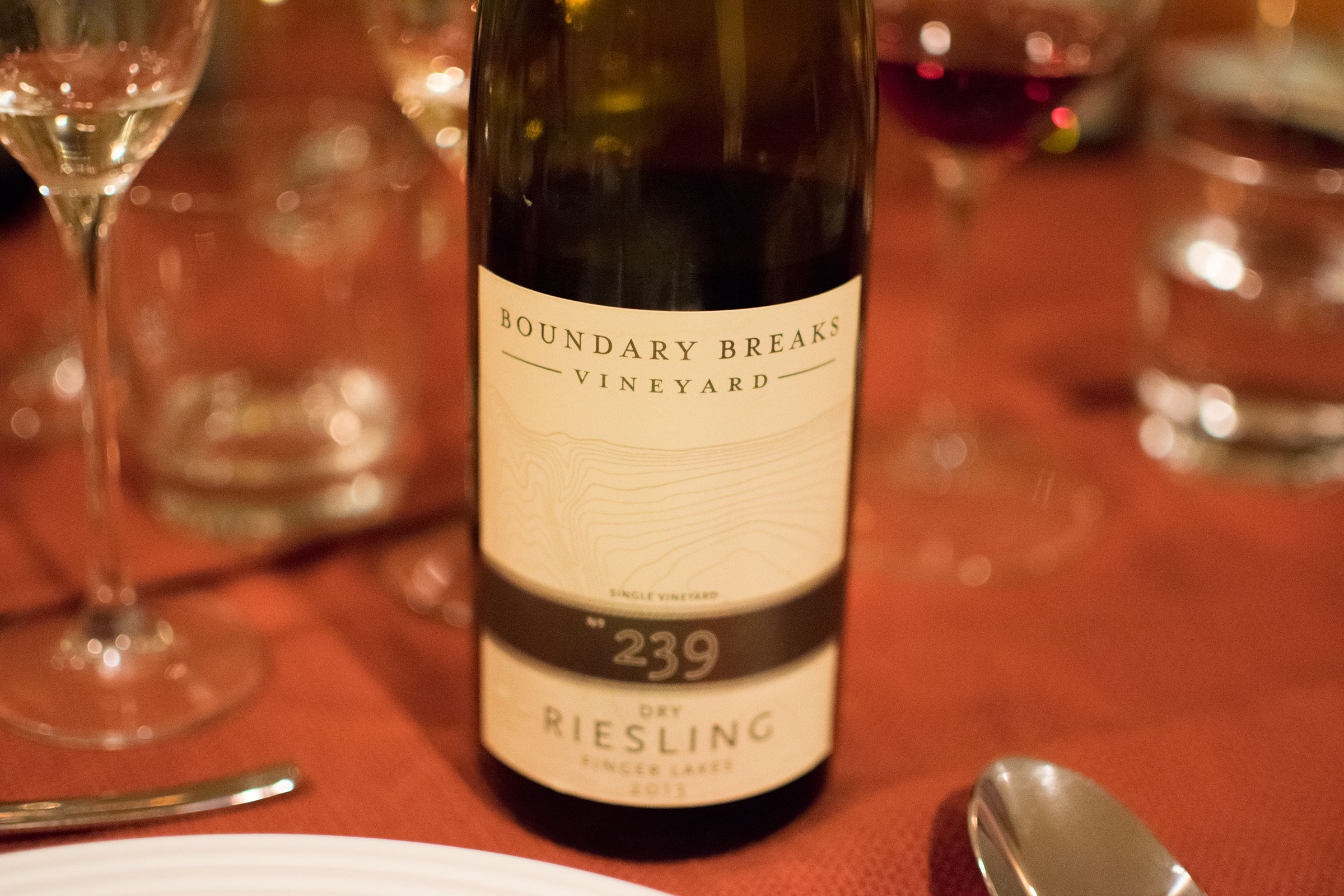
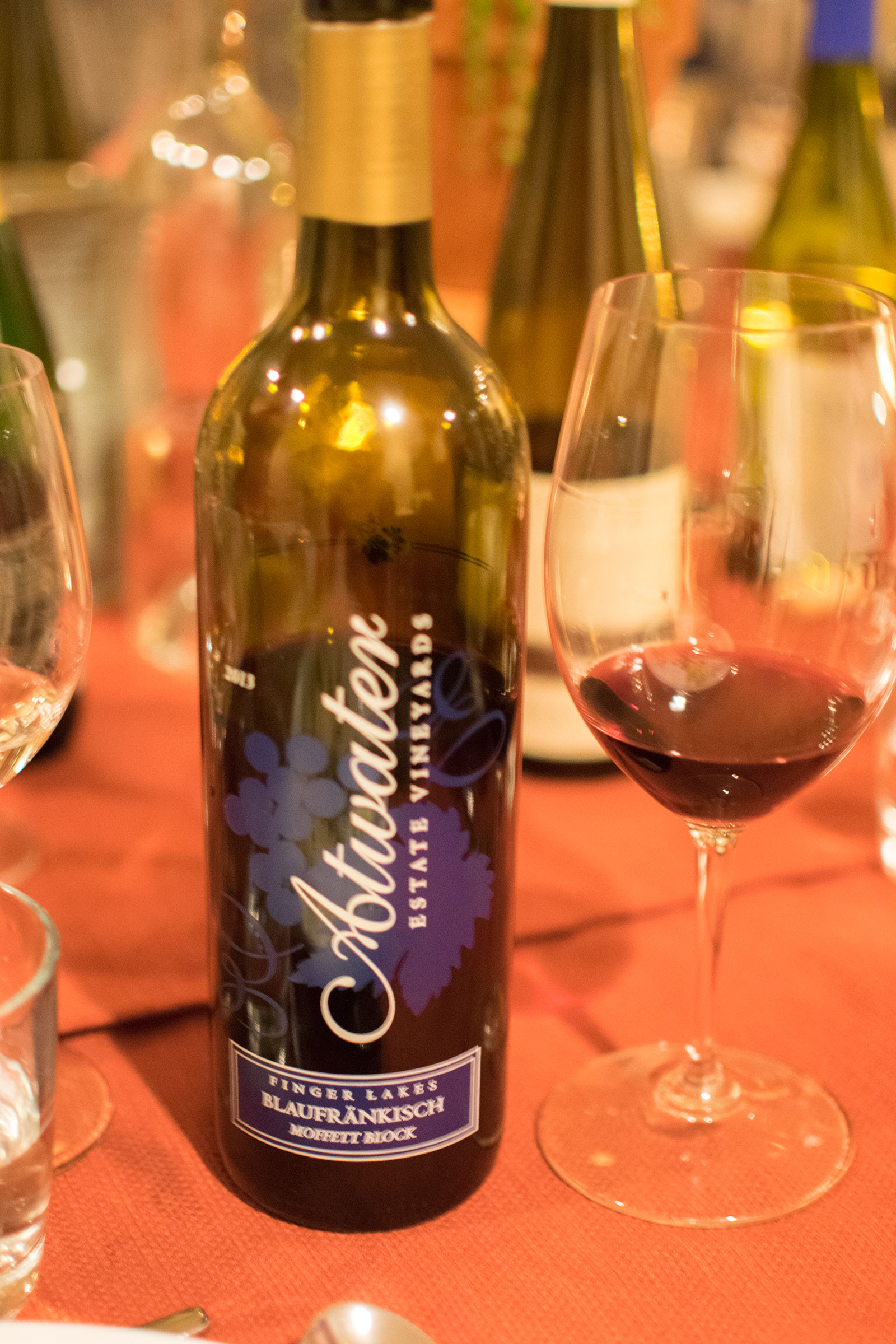
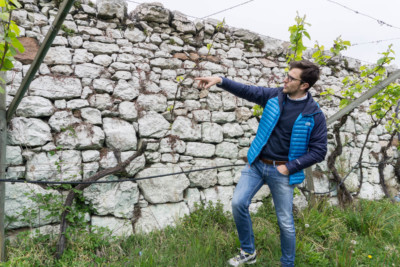

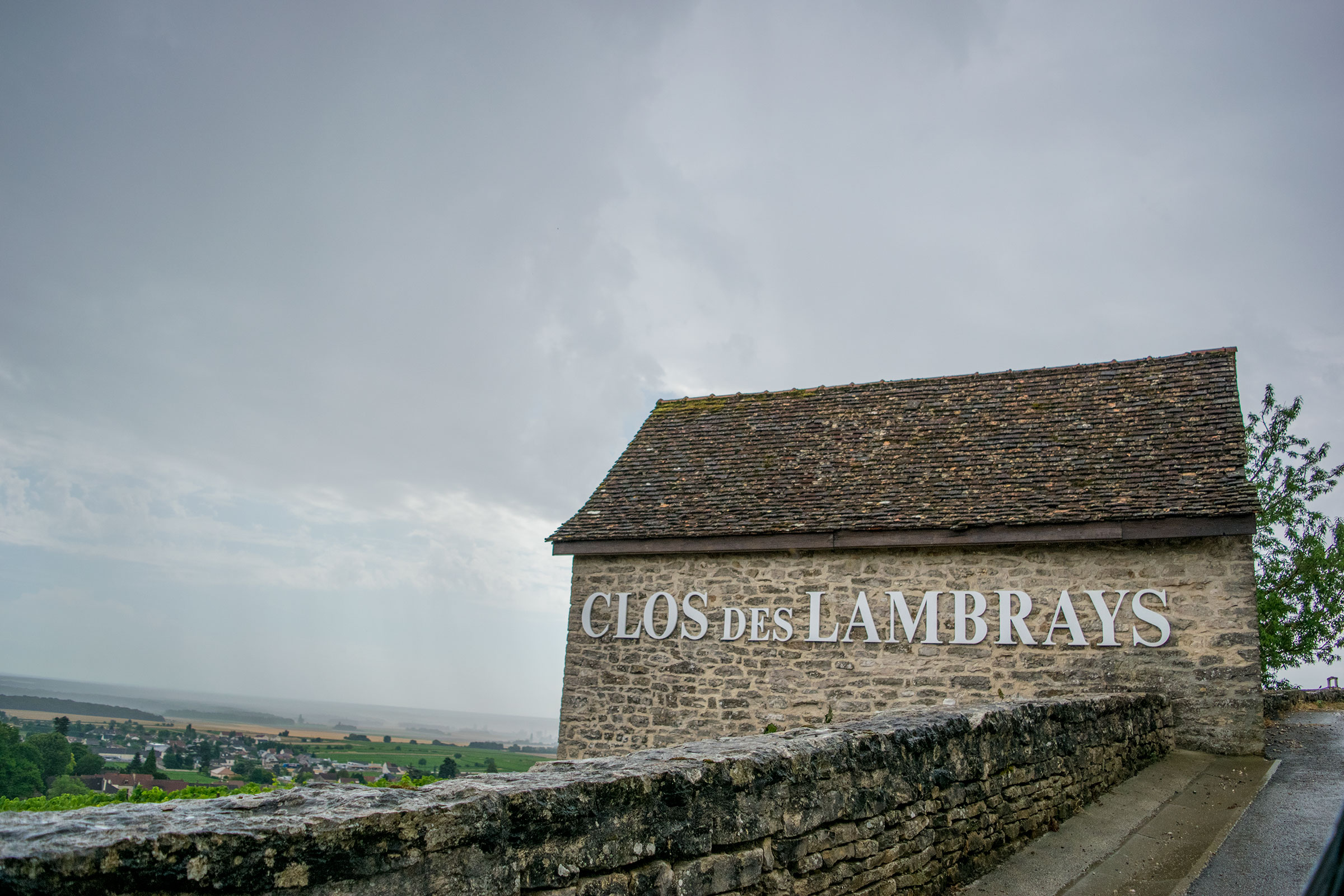
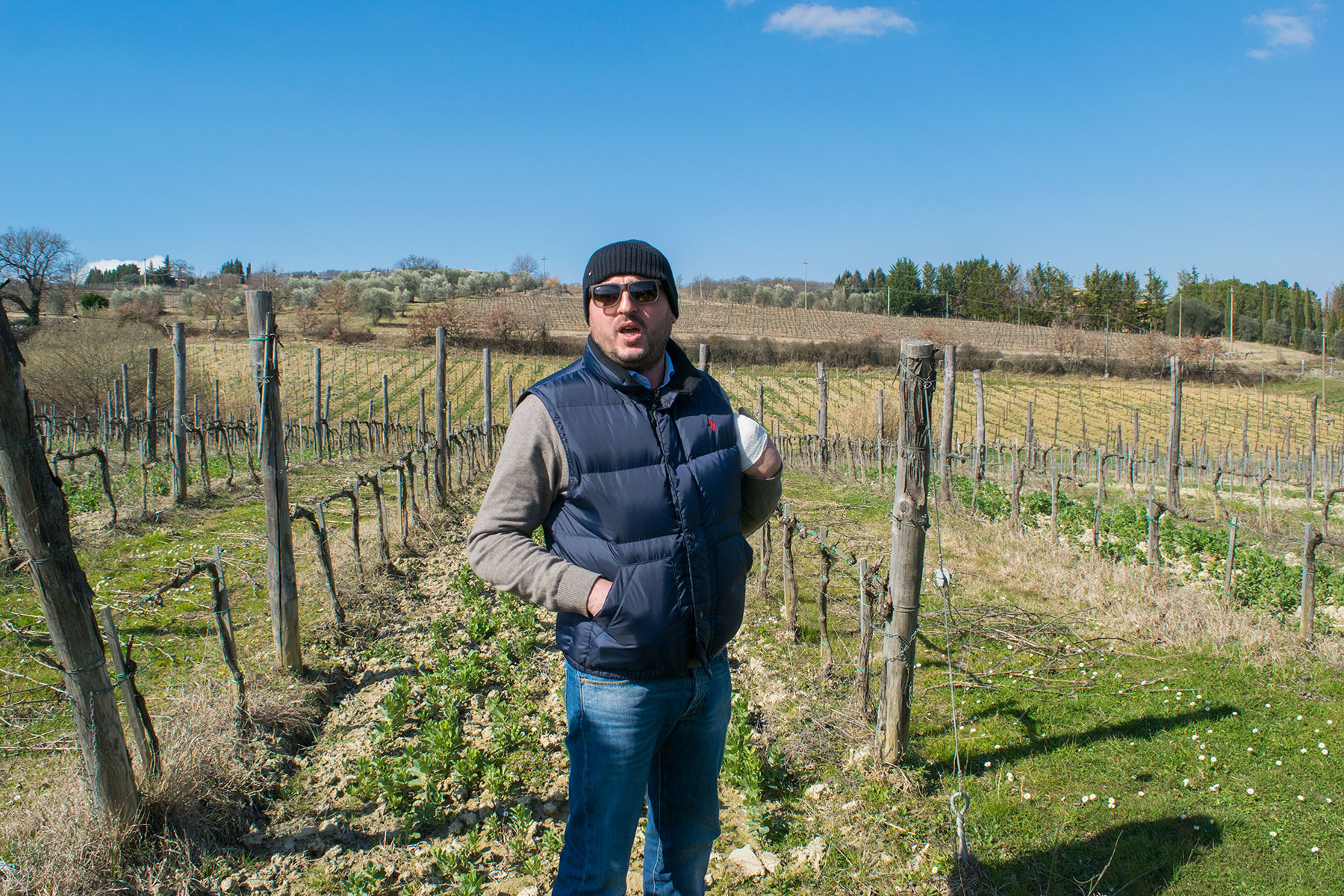
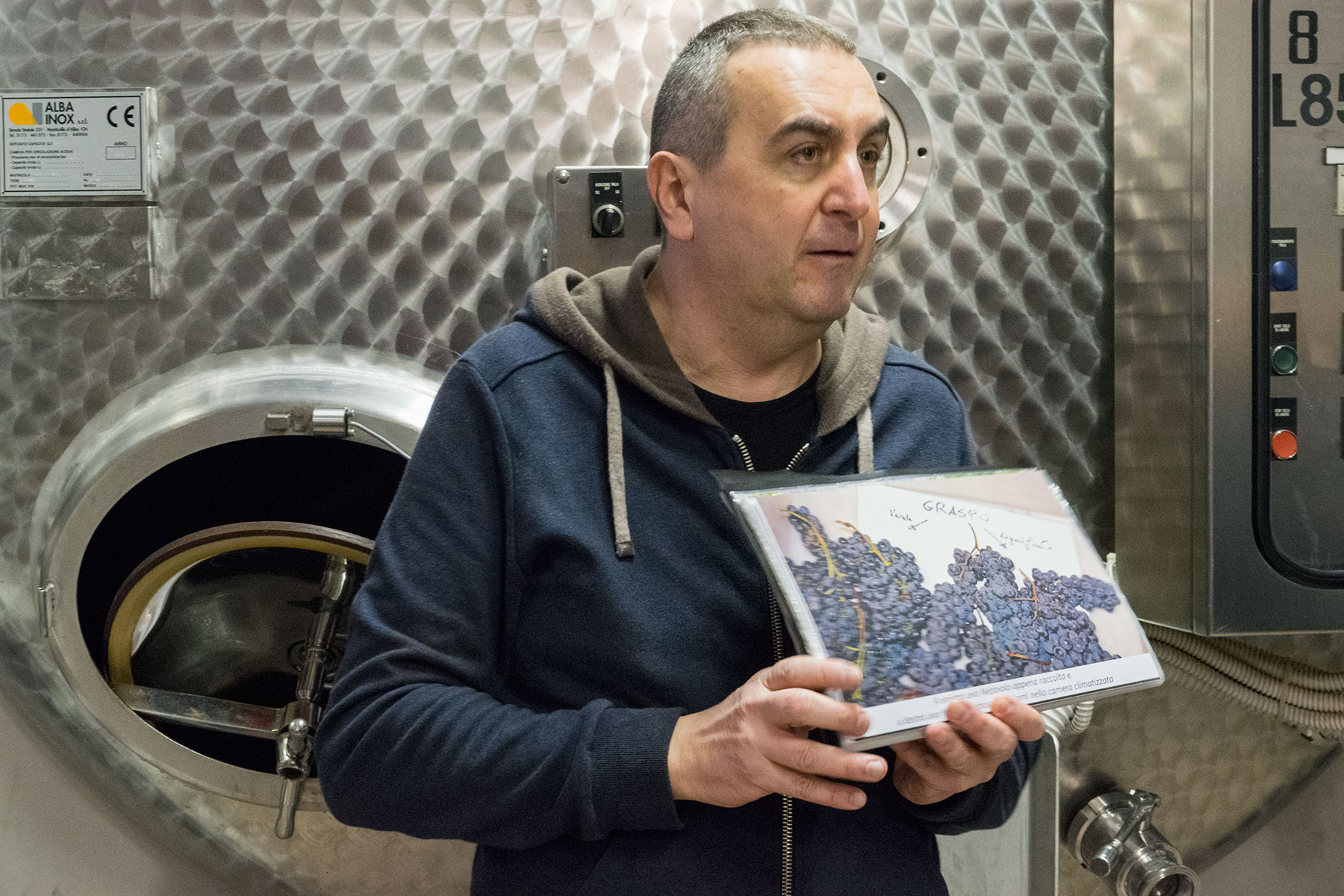
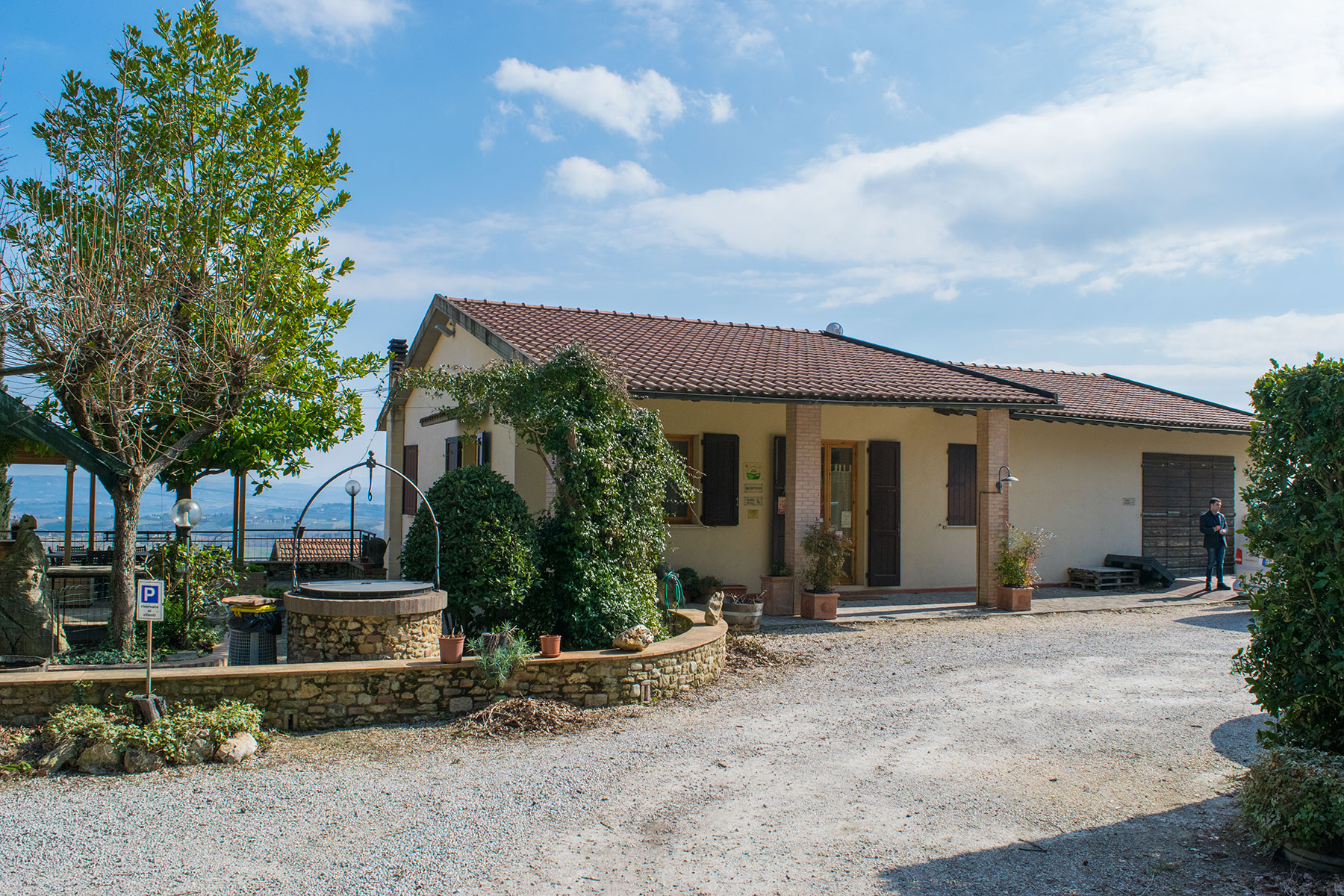
Leave A Comment
You must be logged in to post a comment.